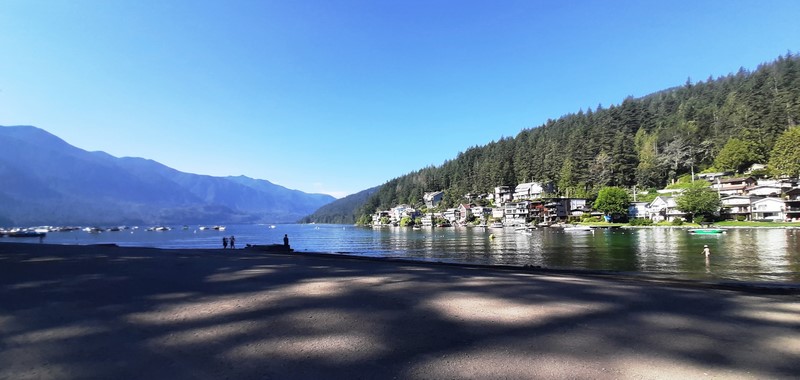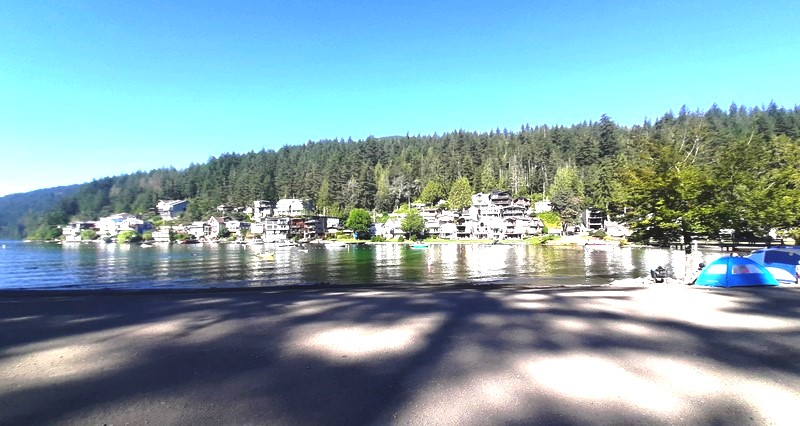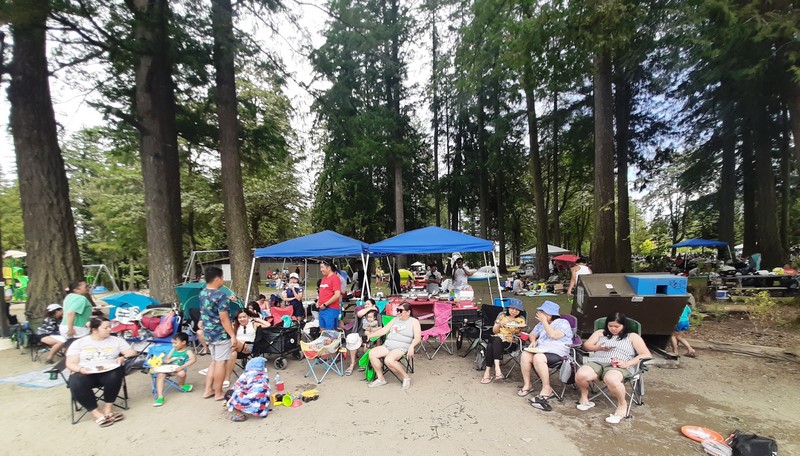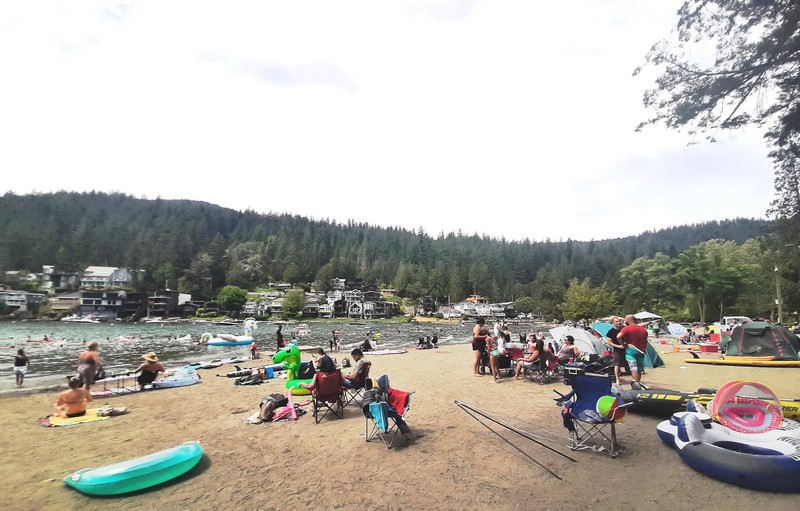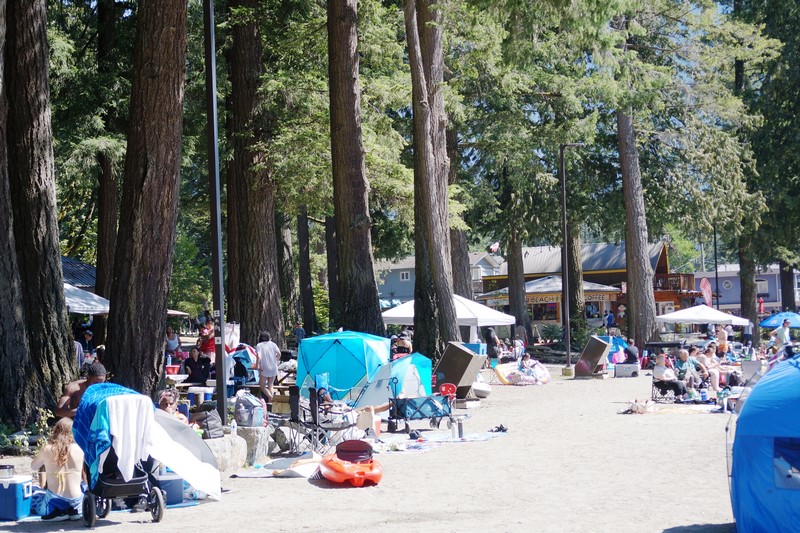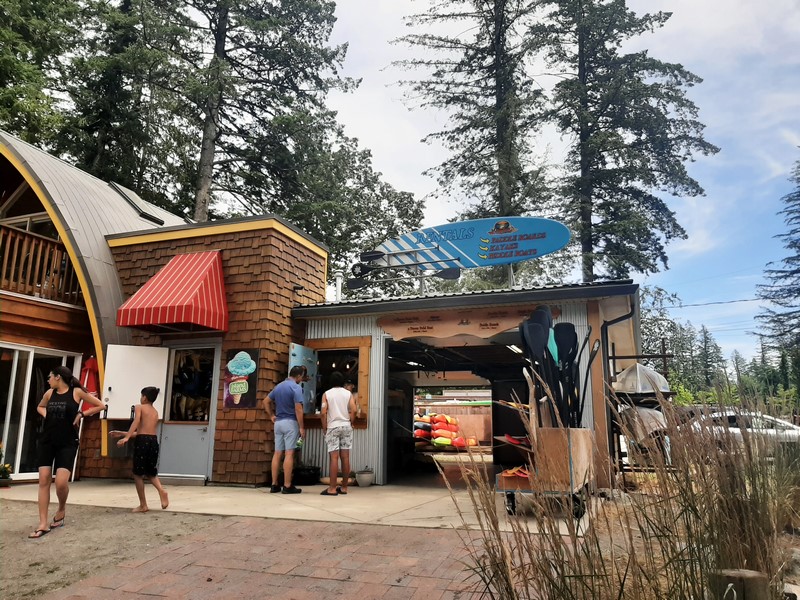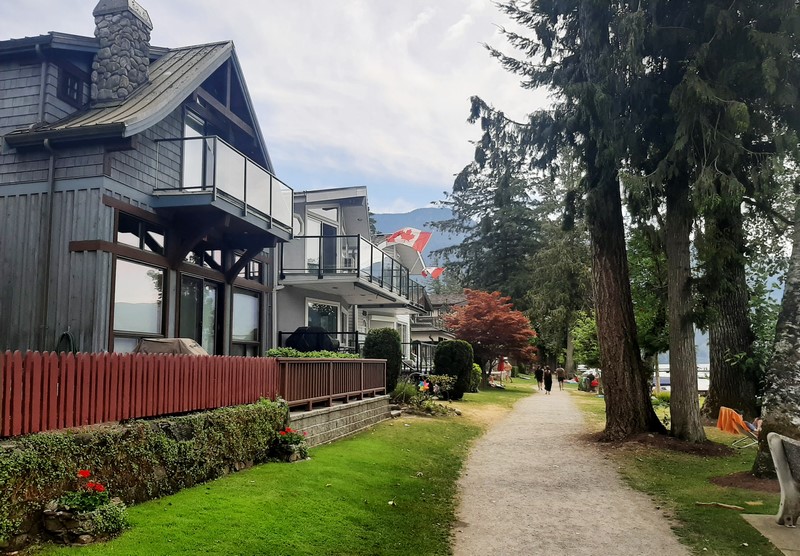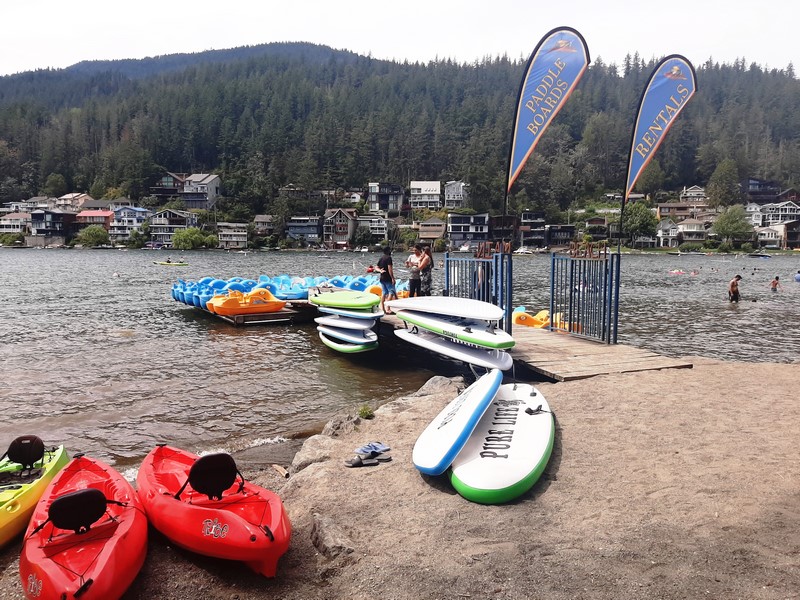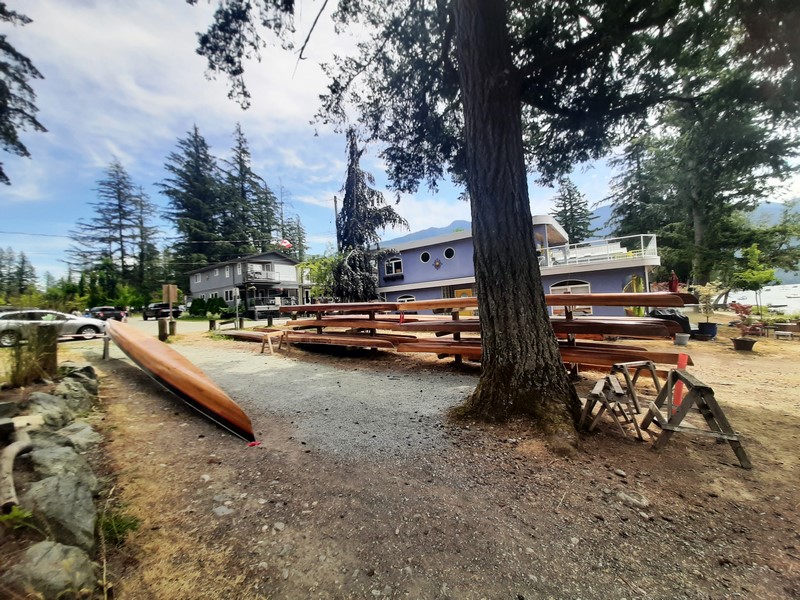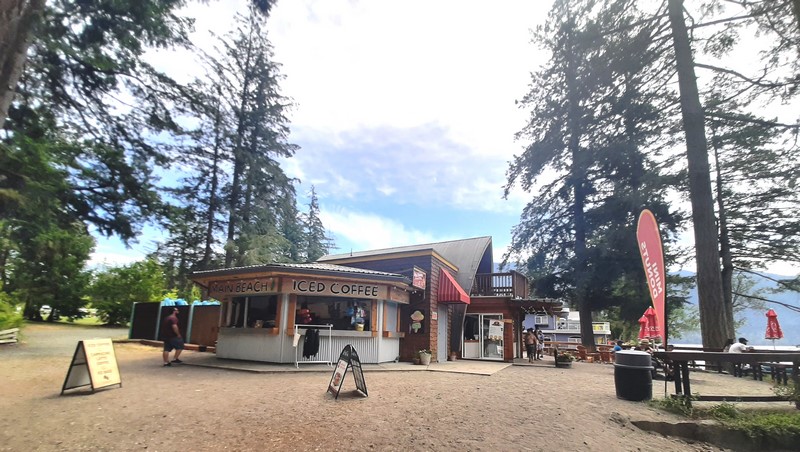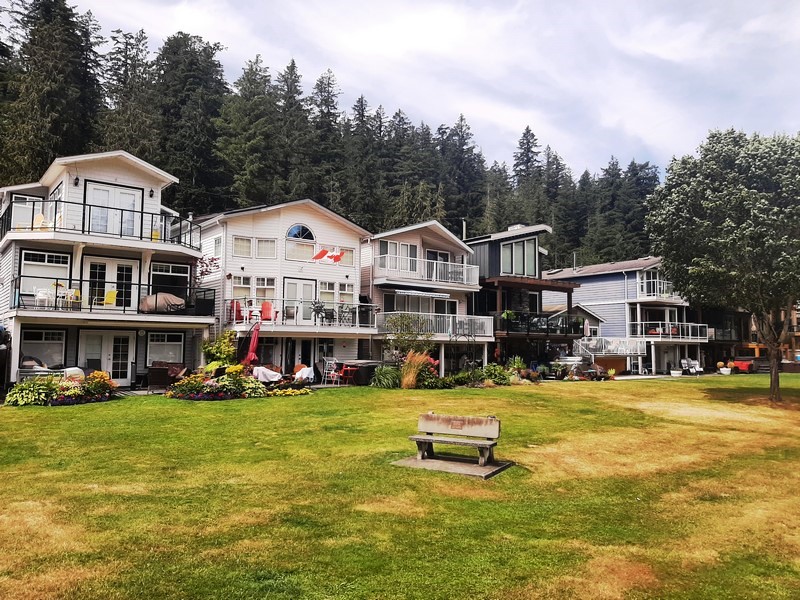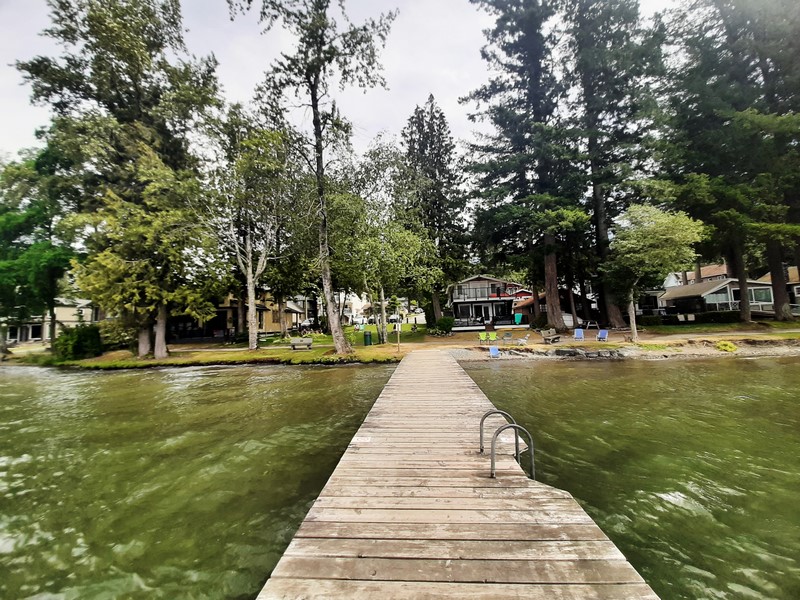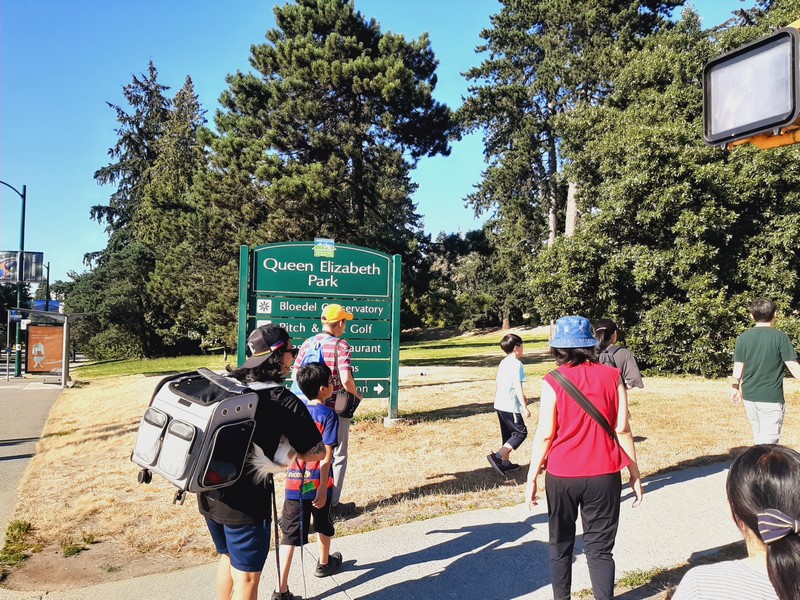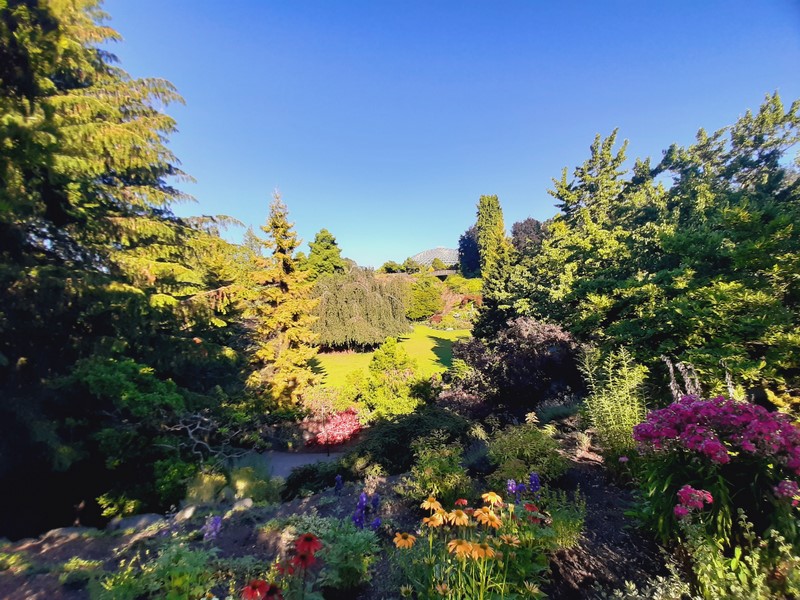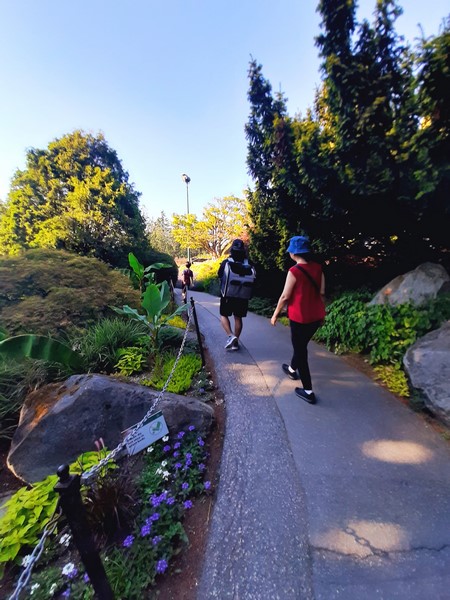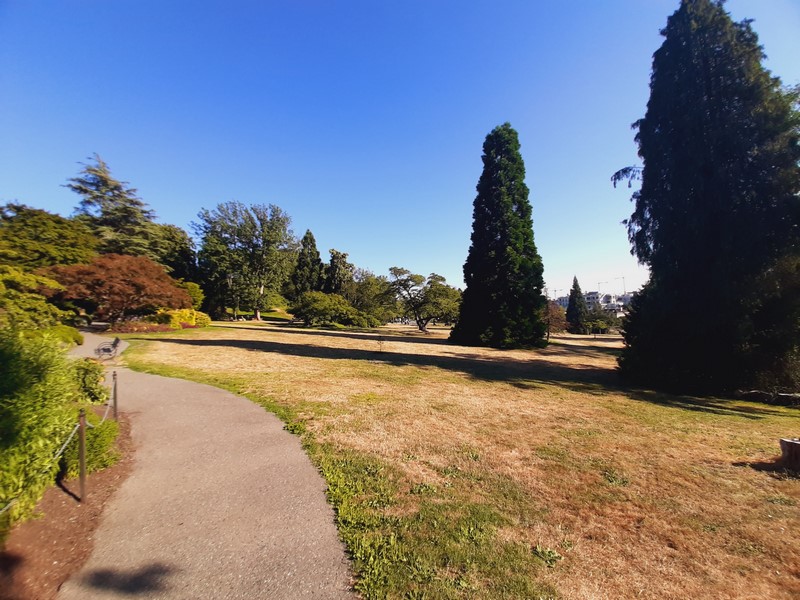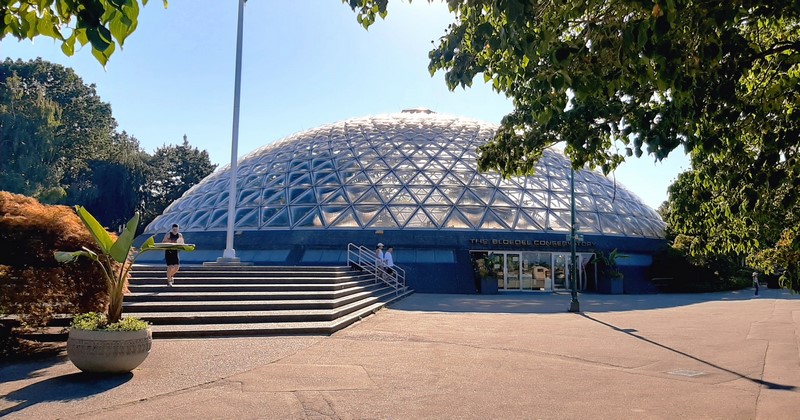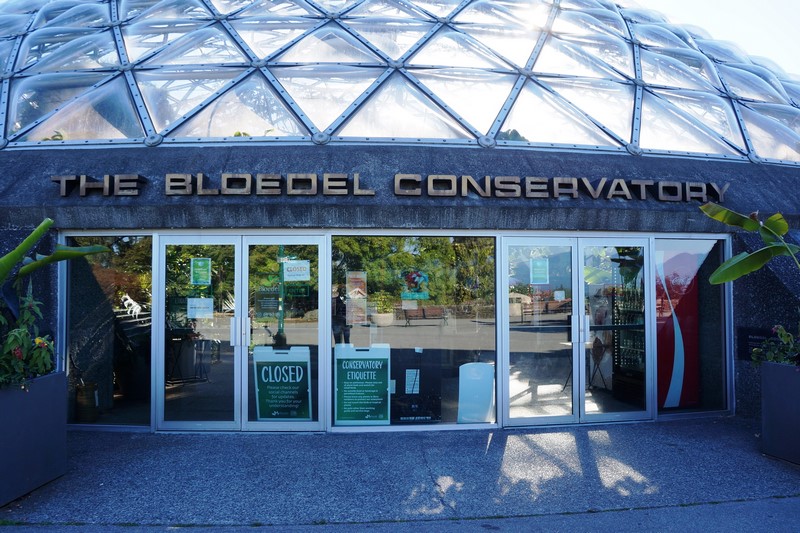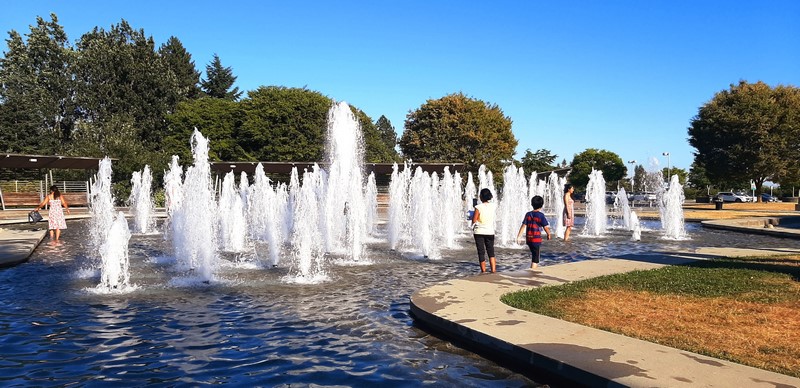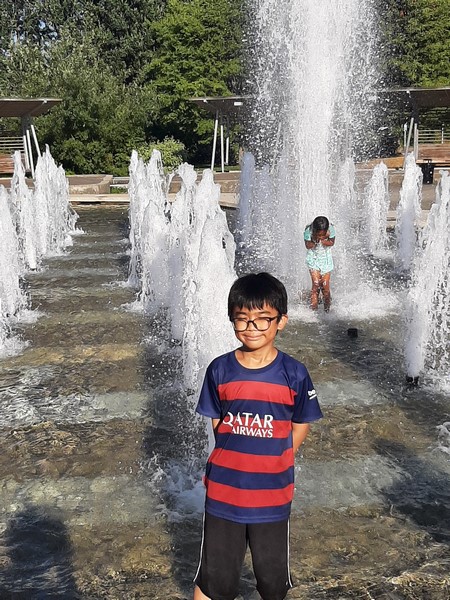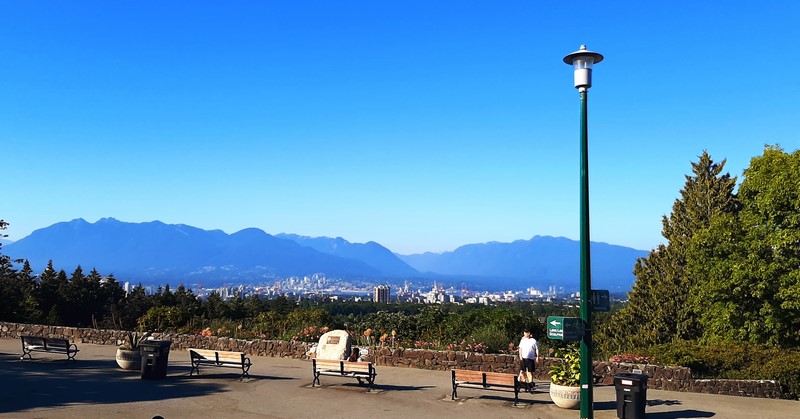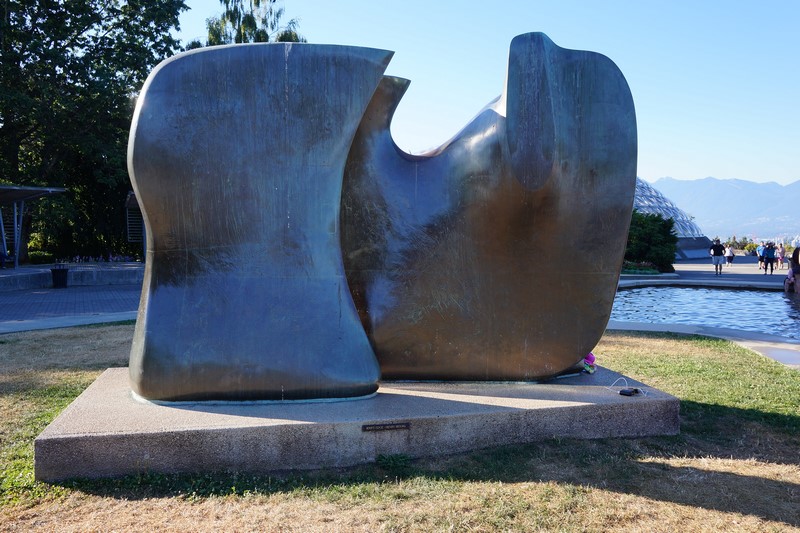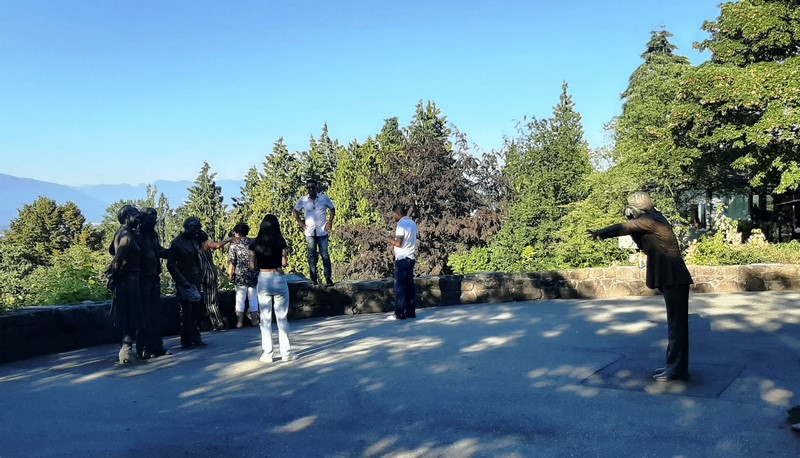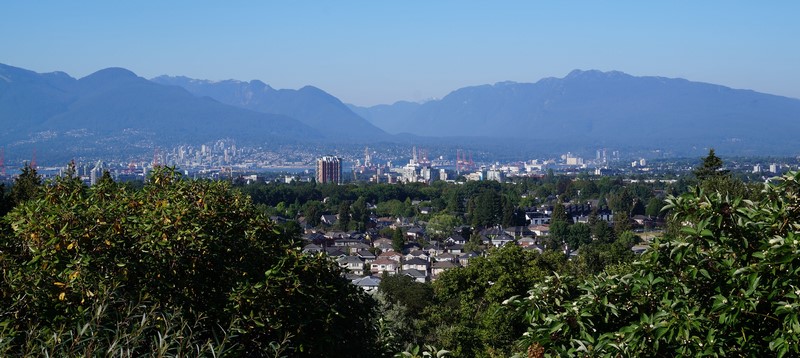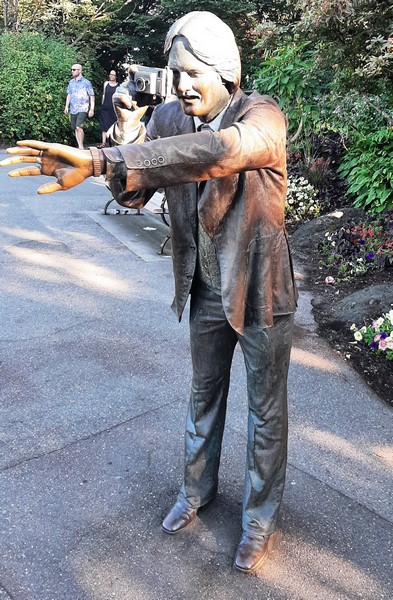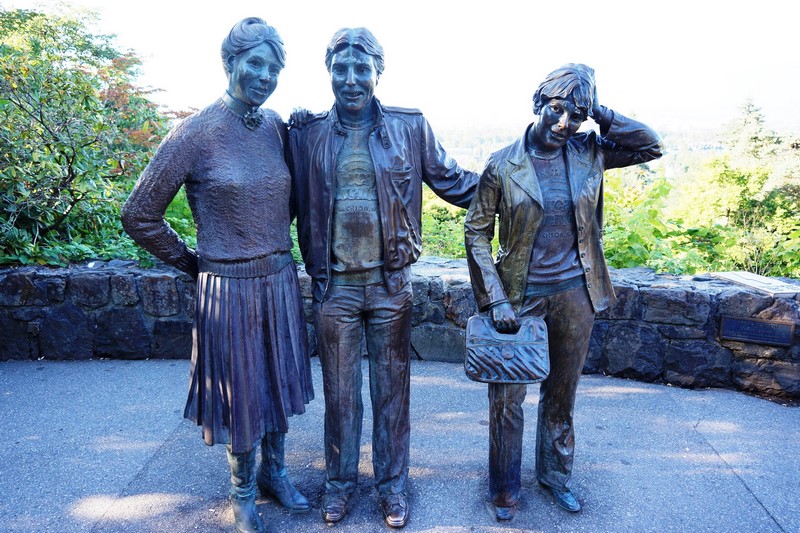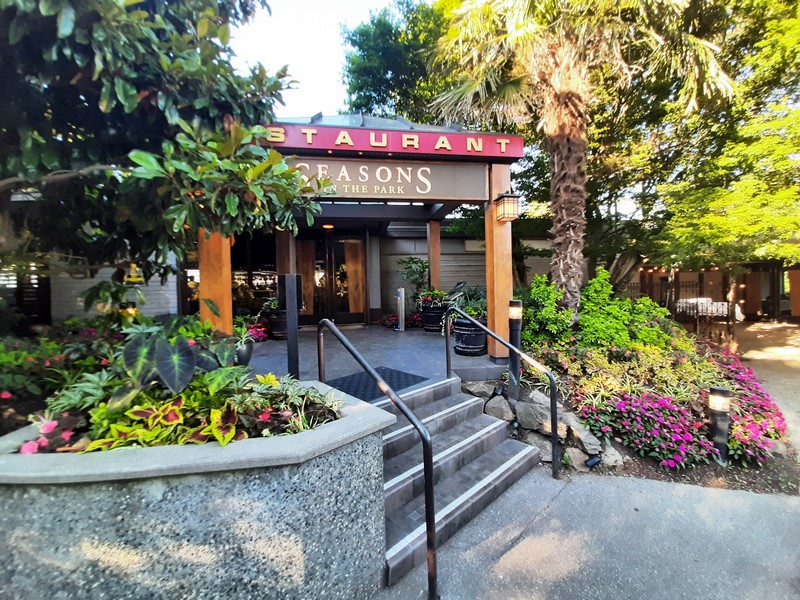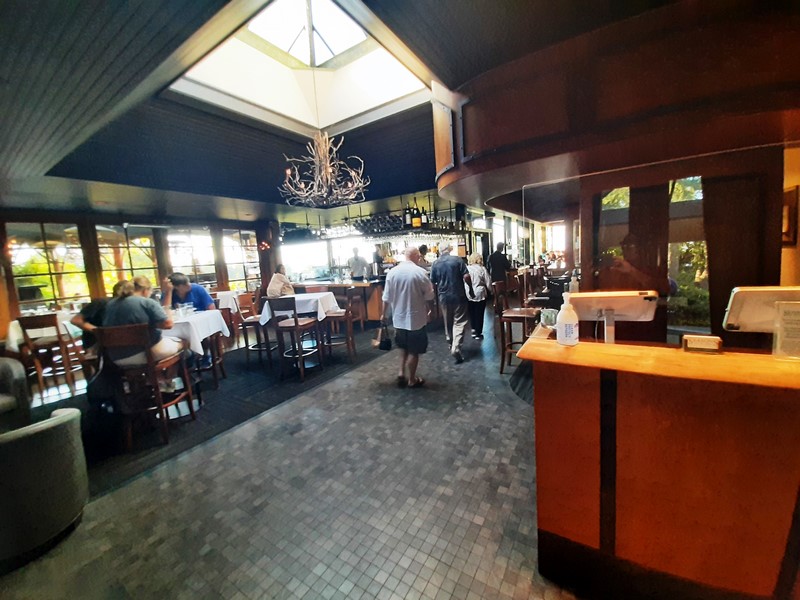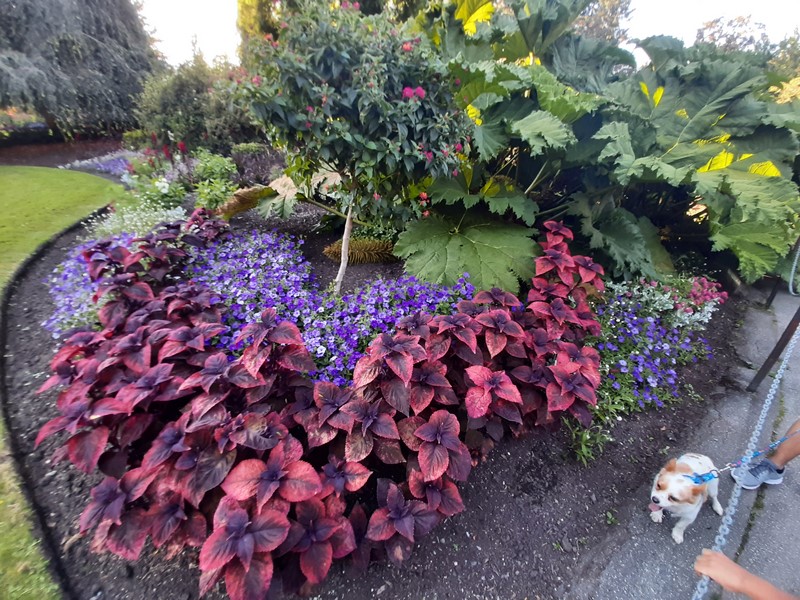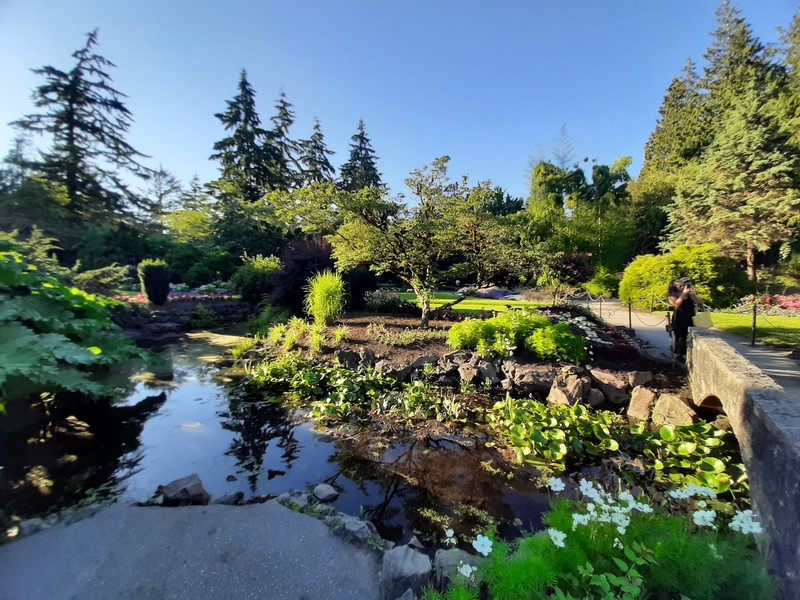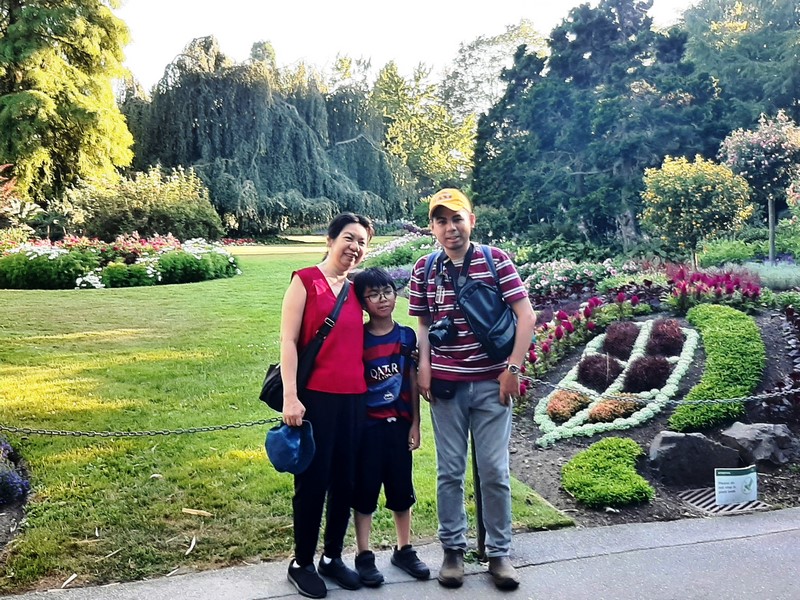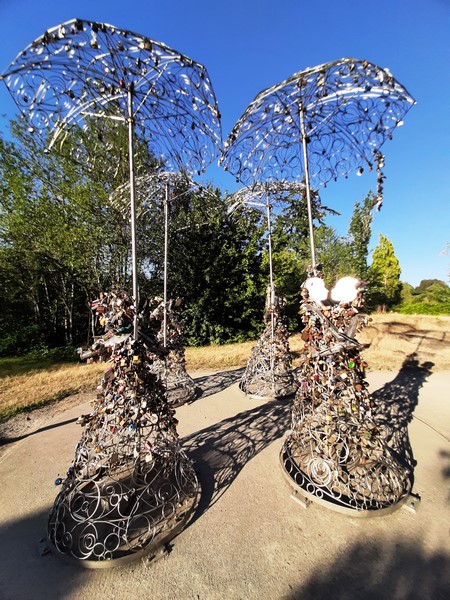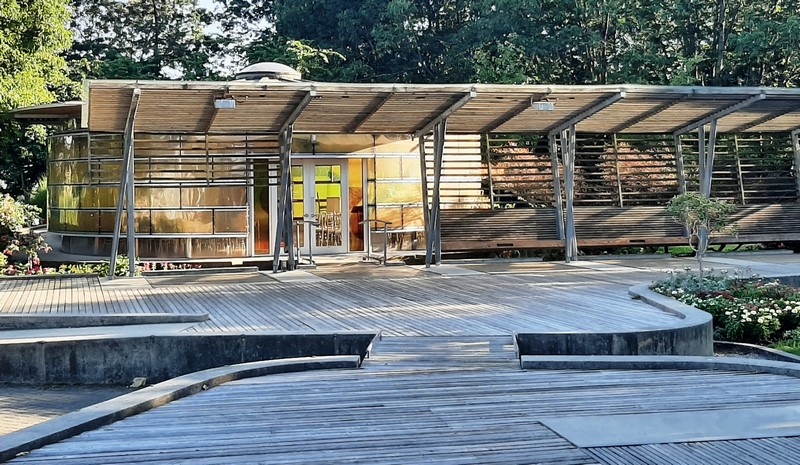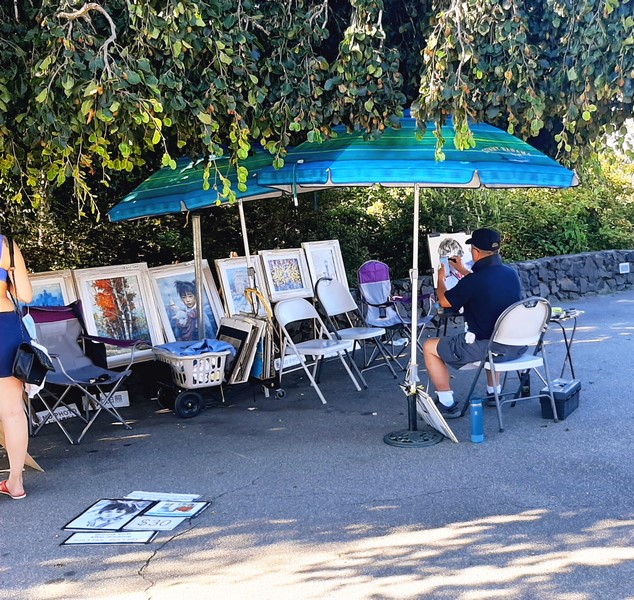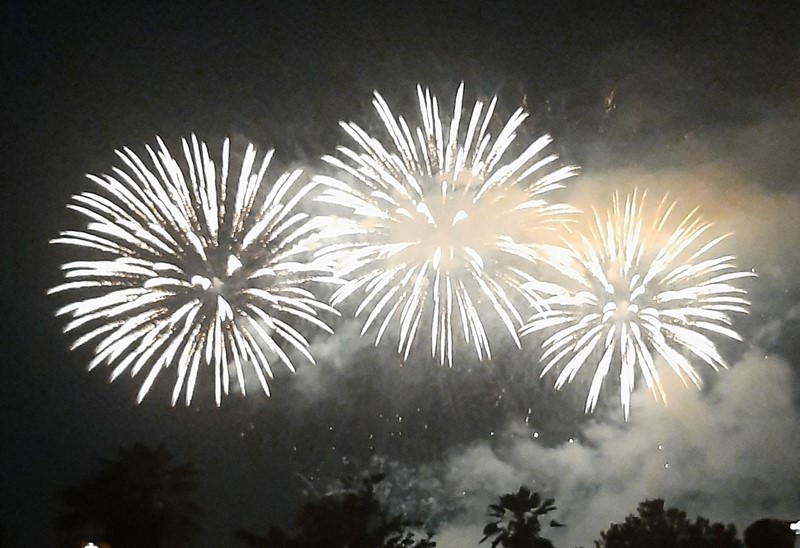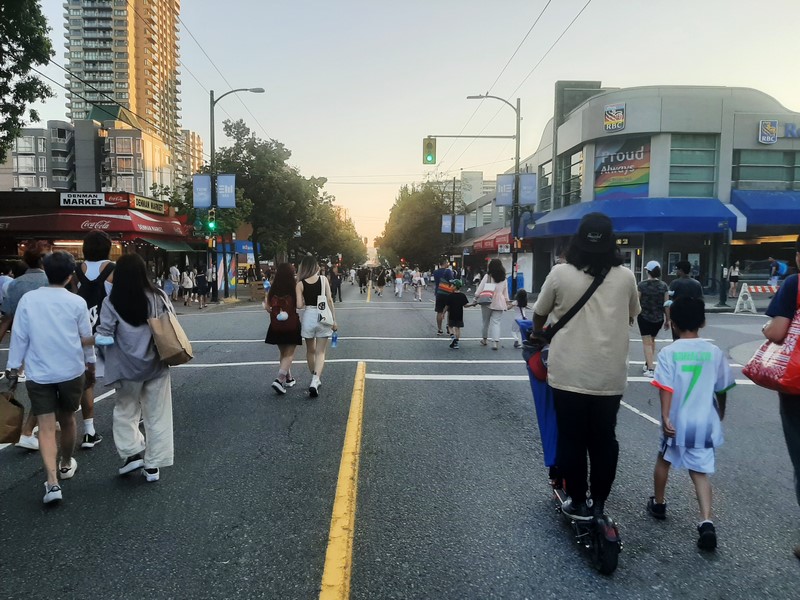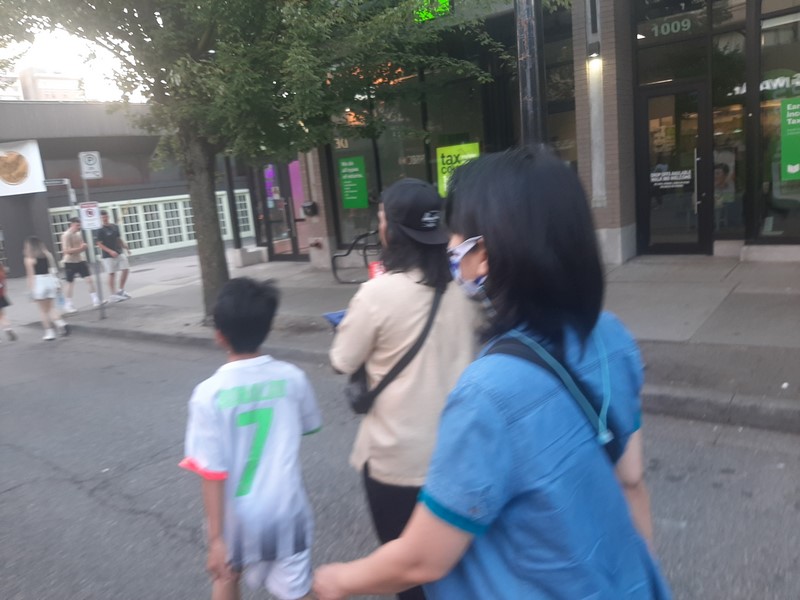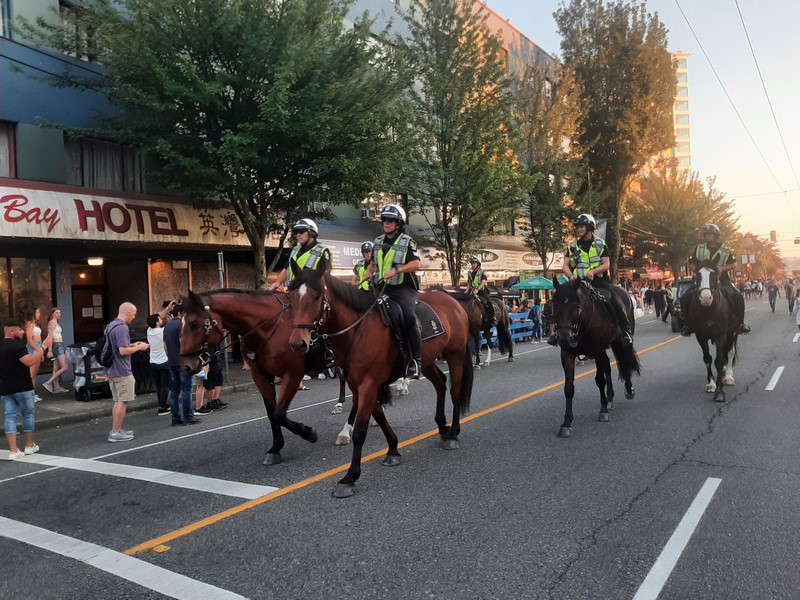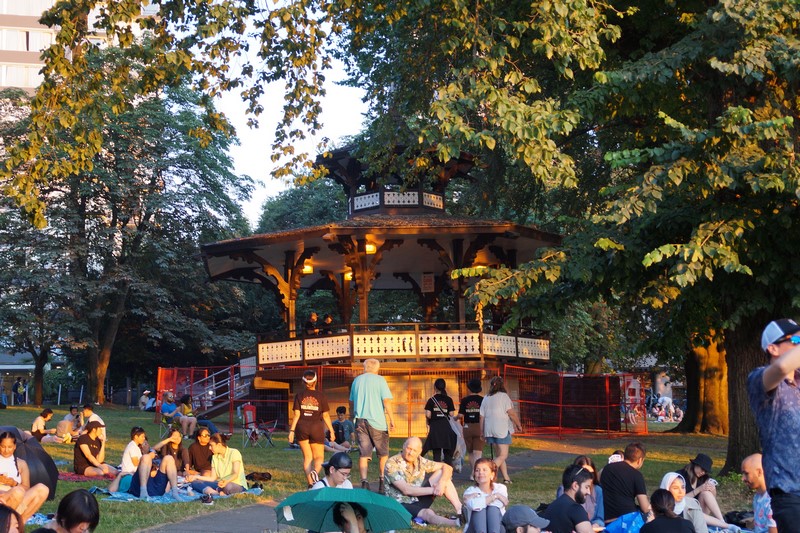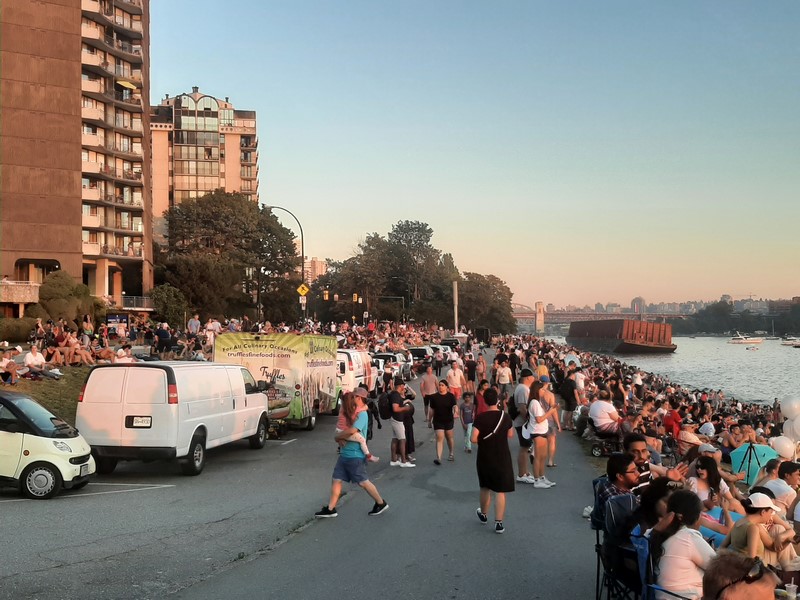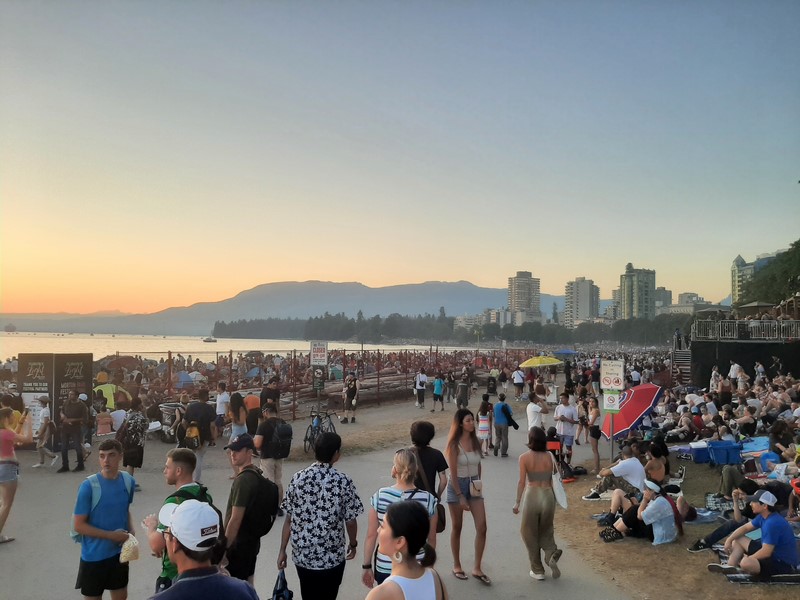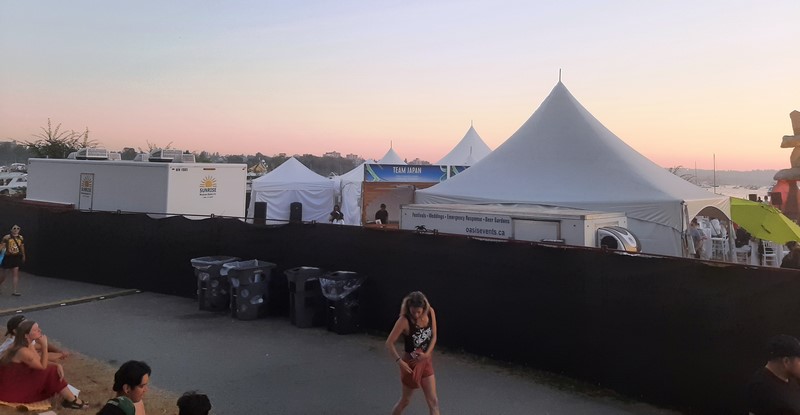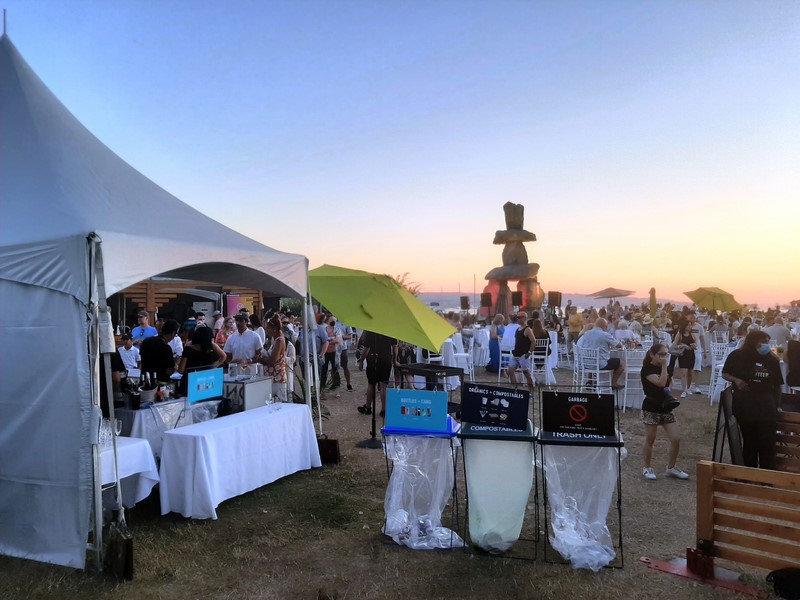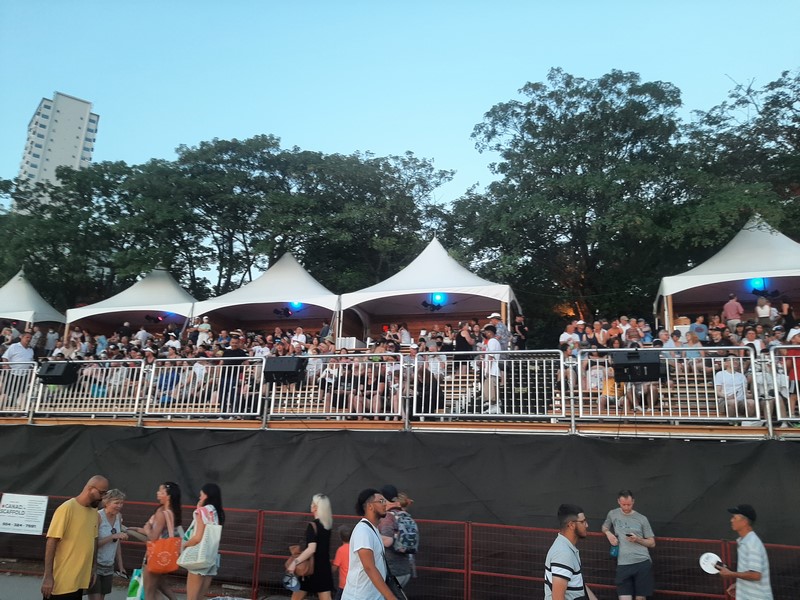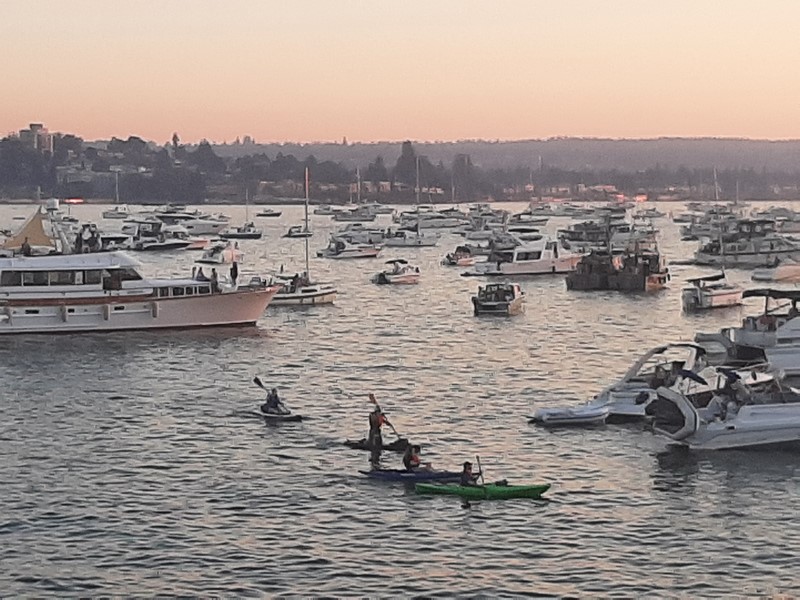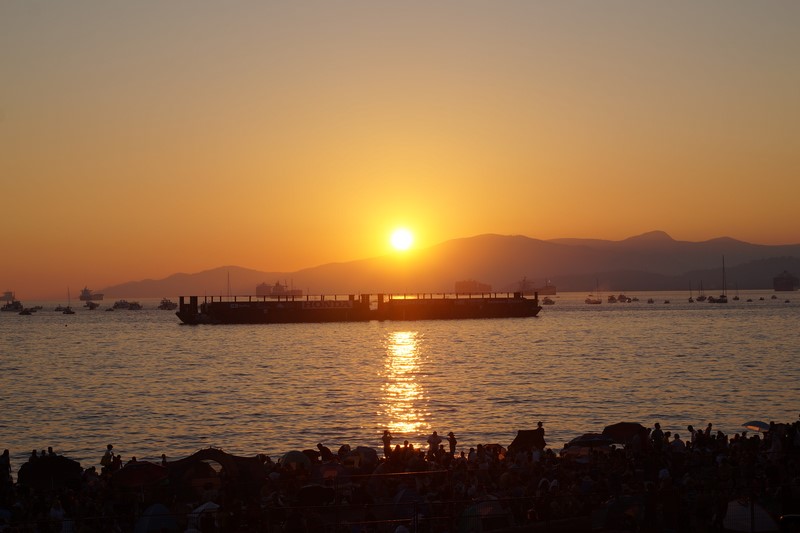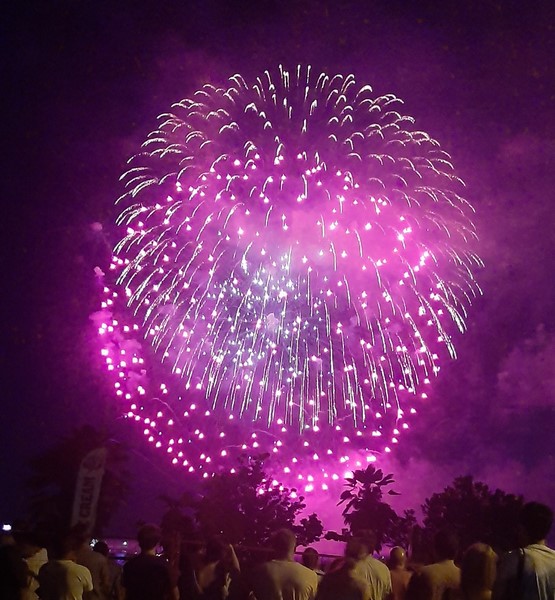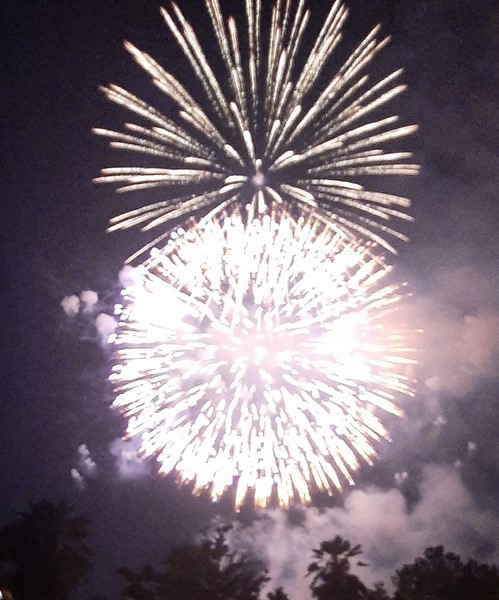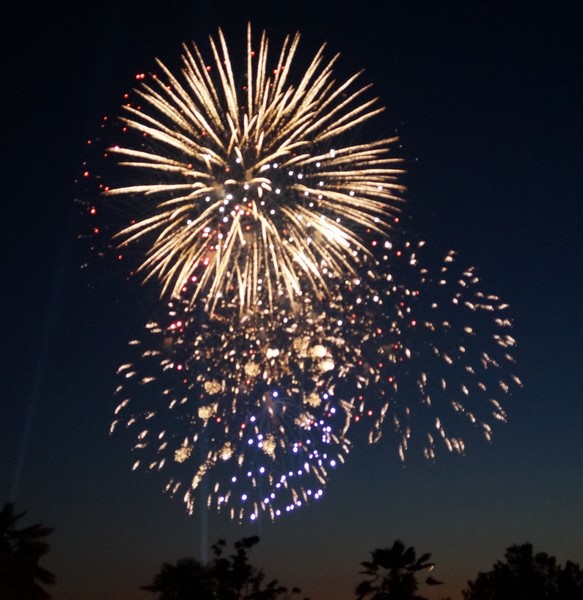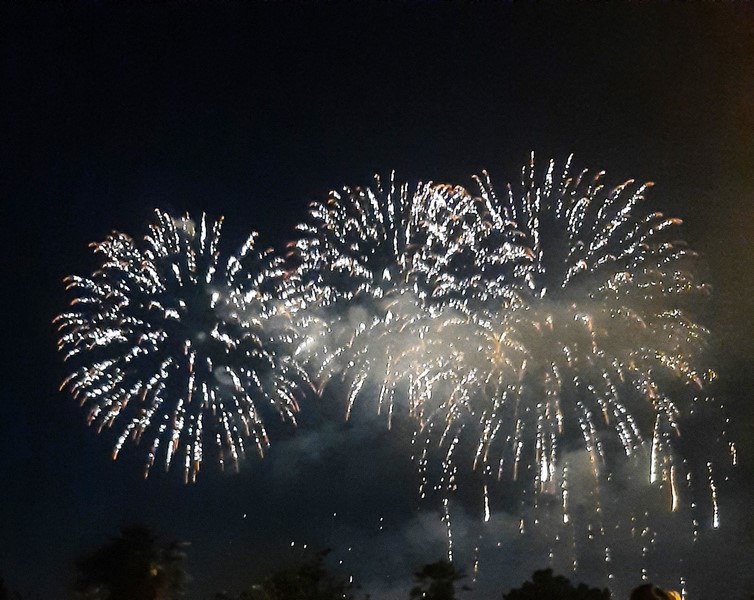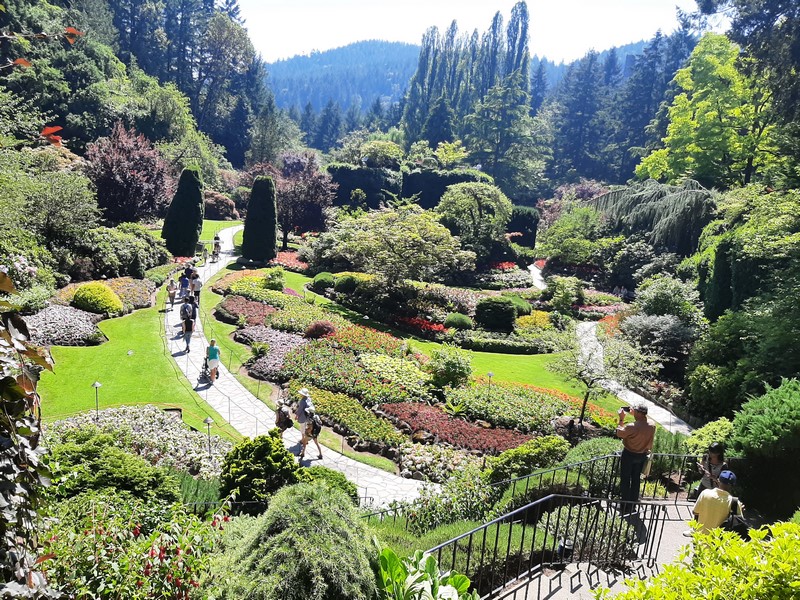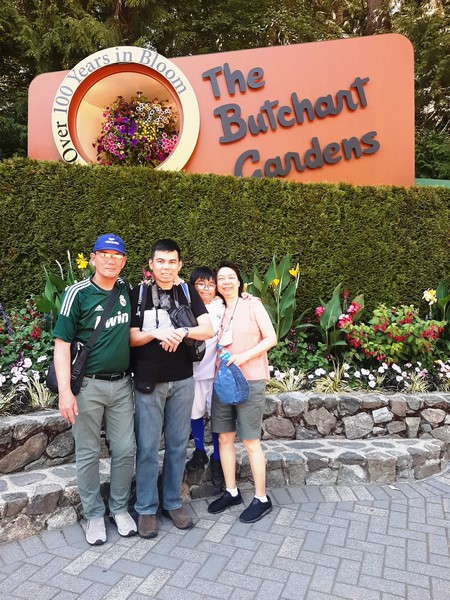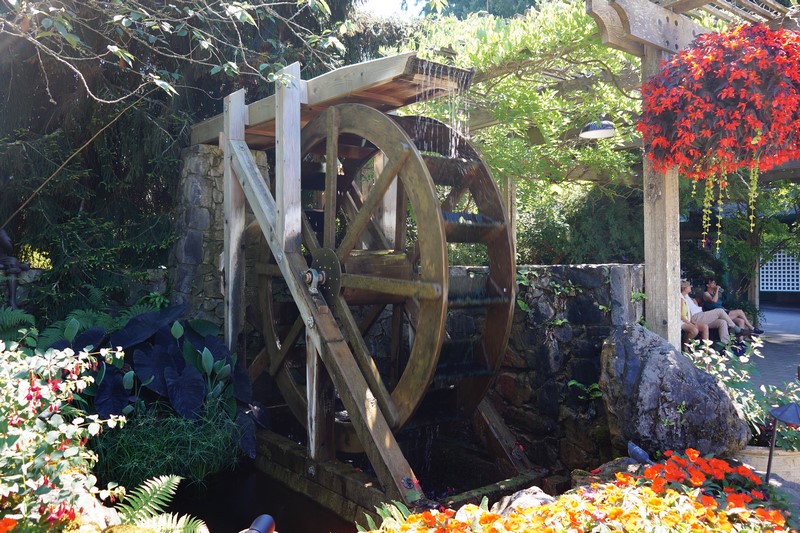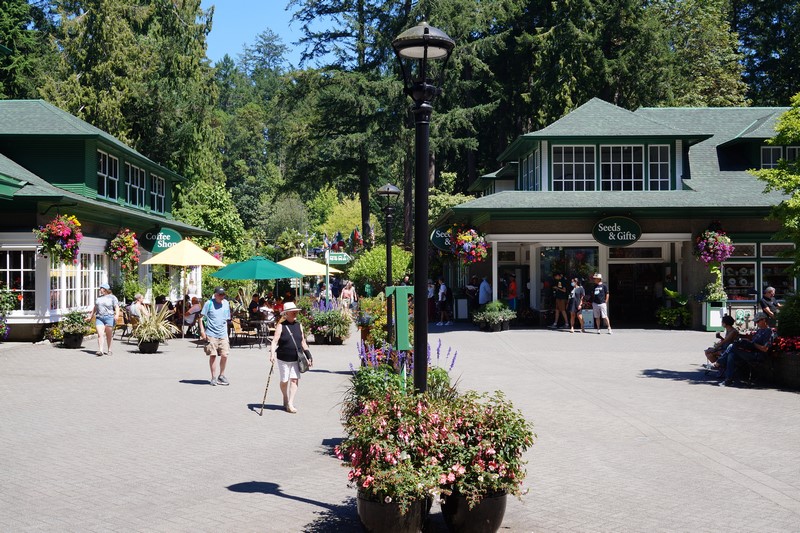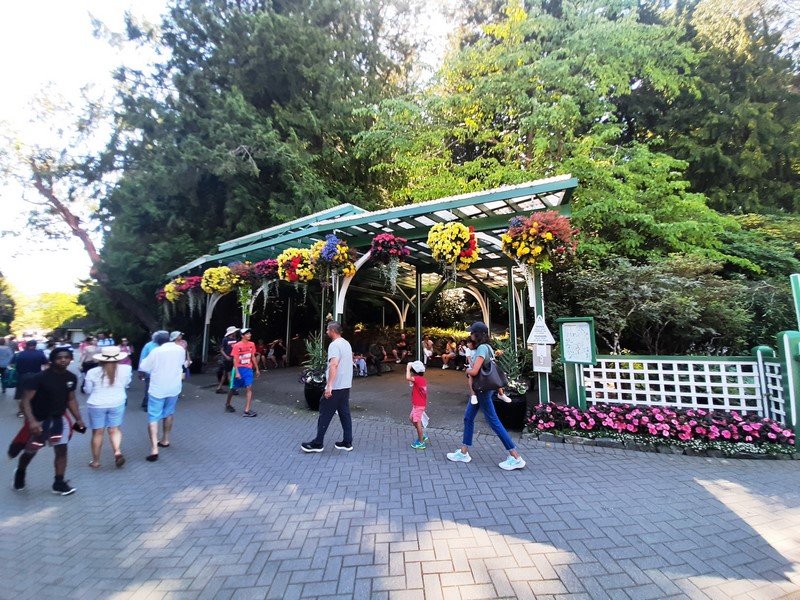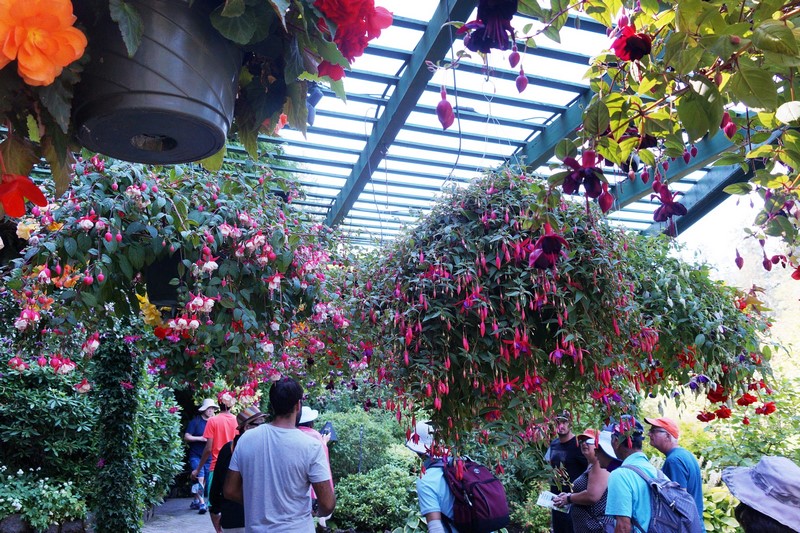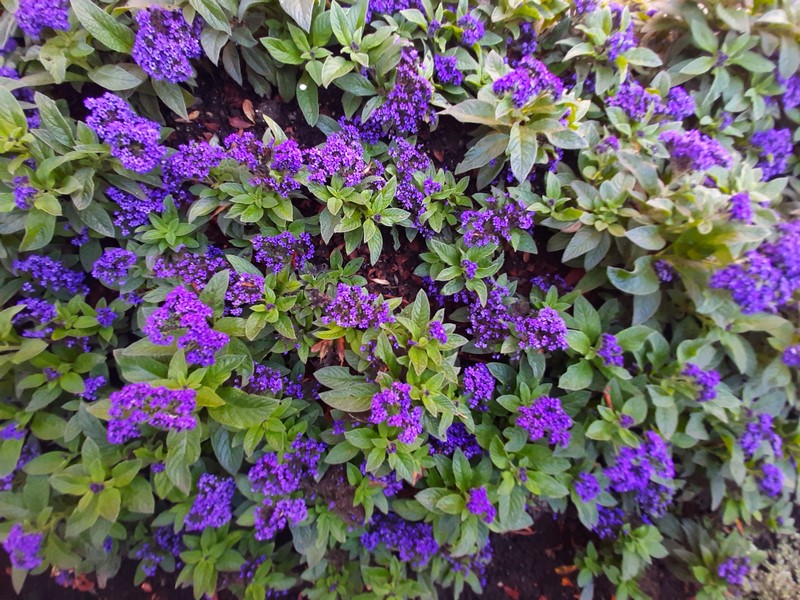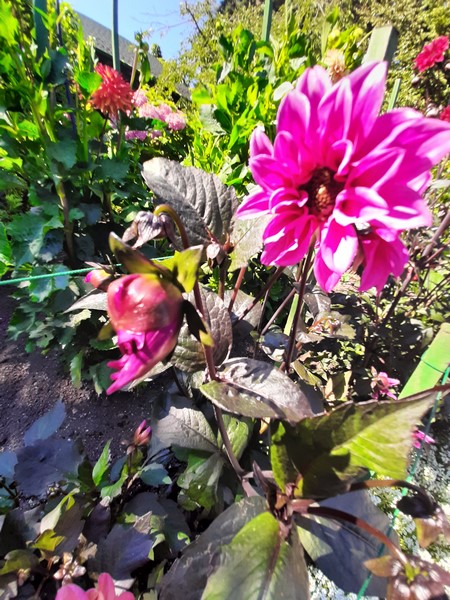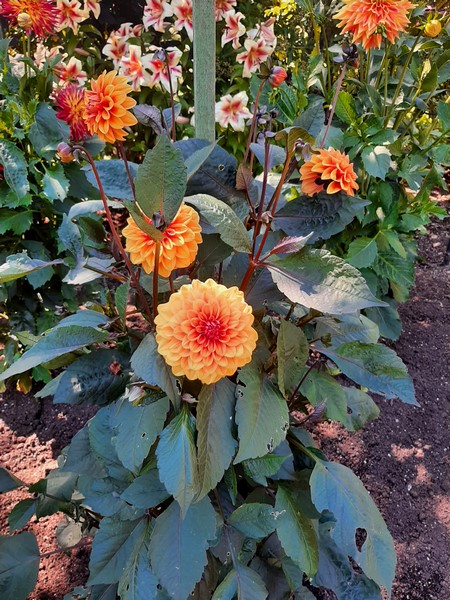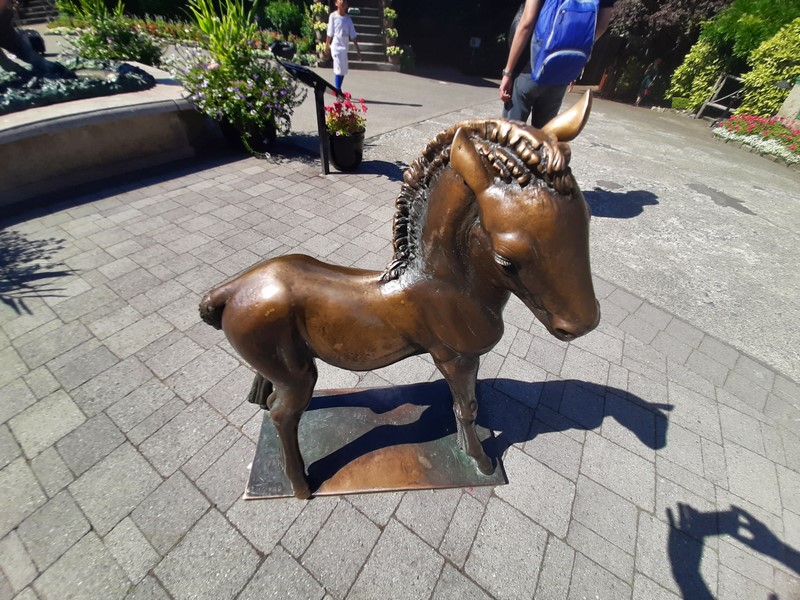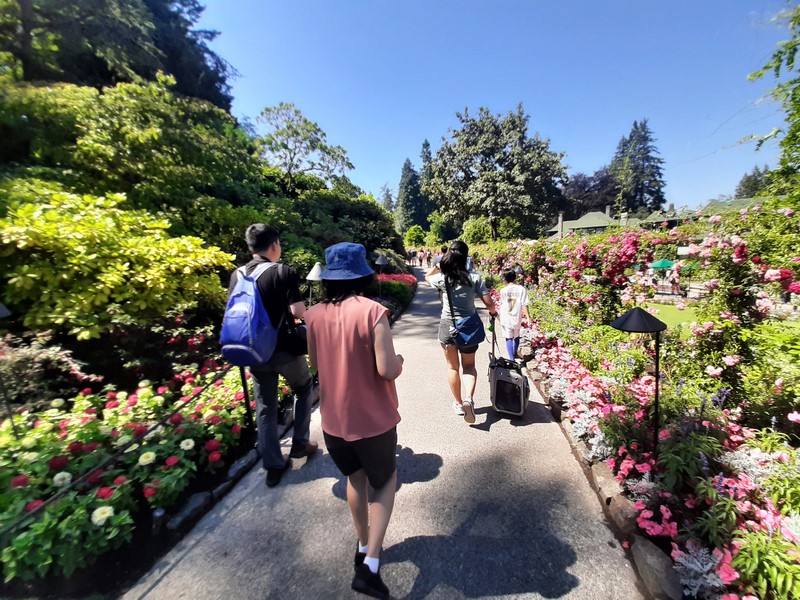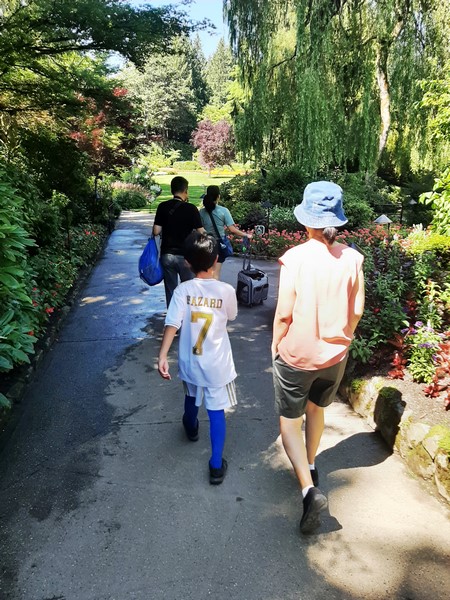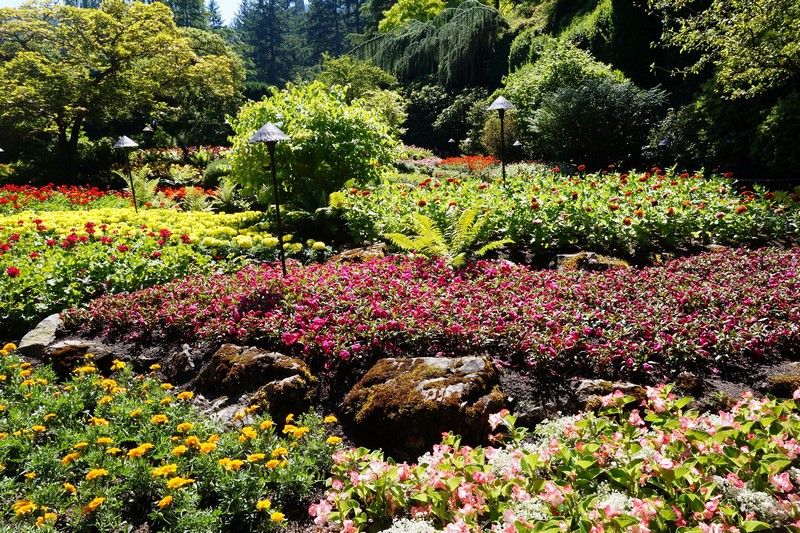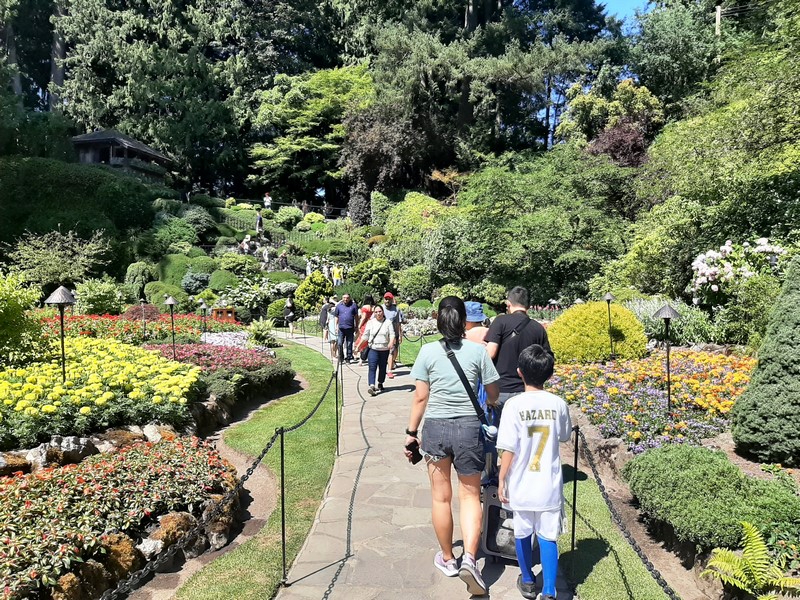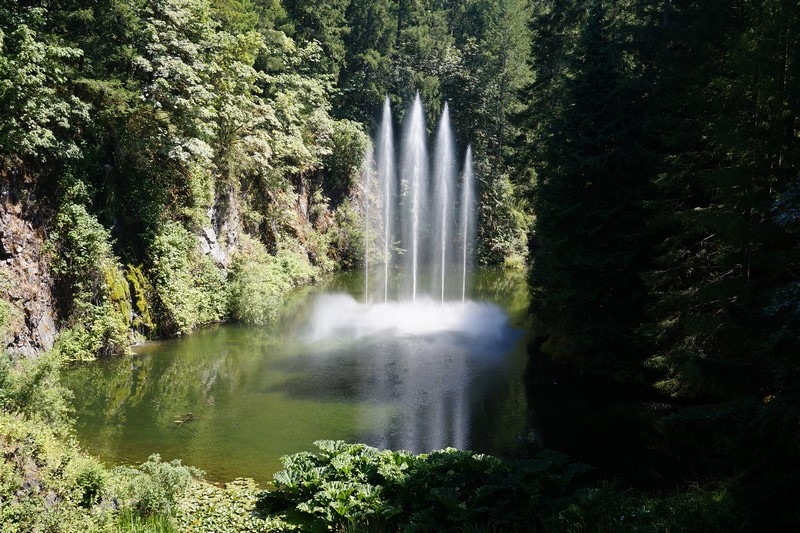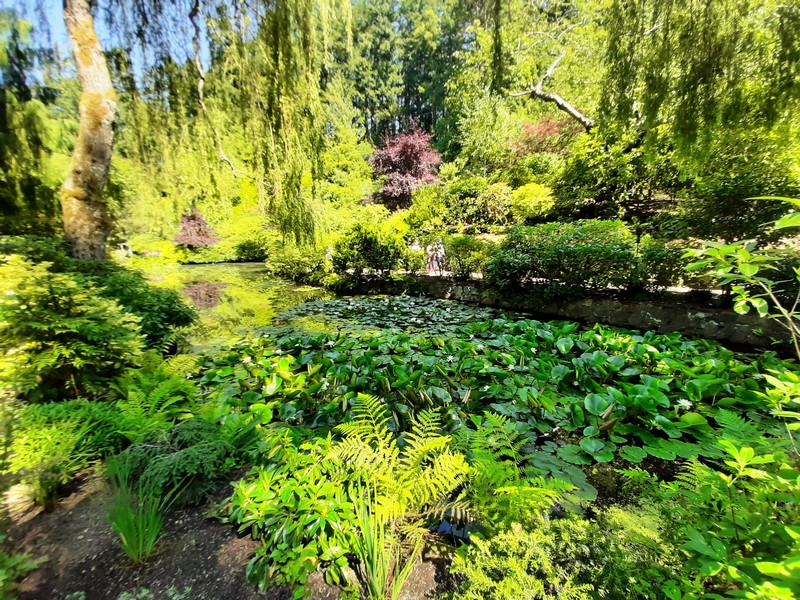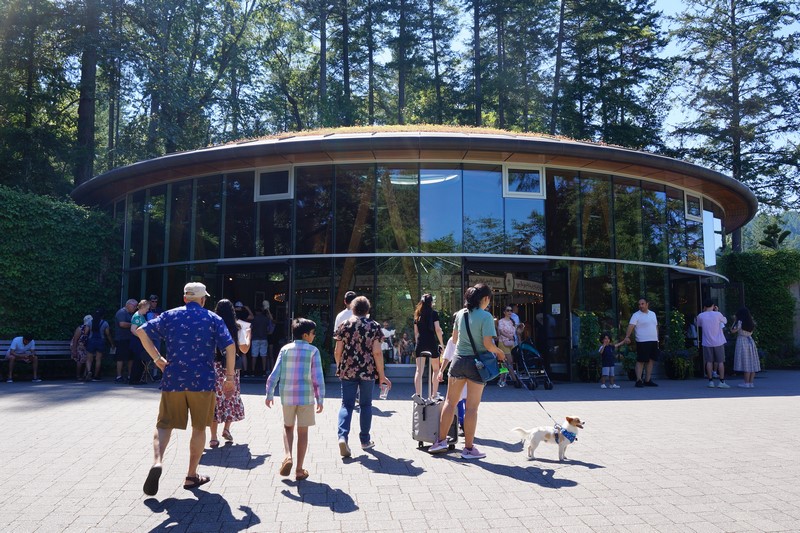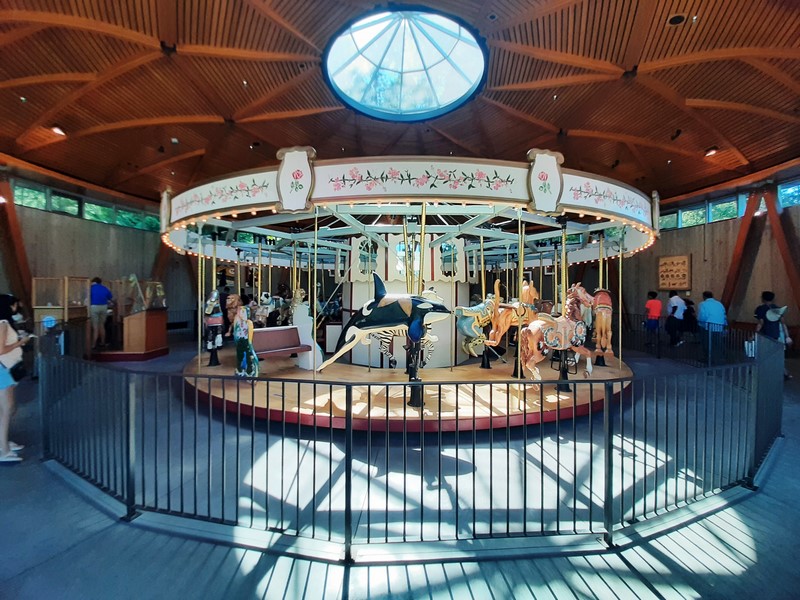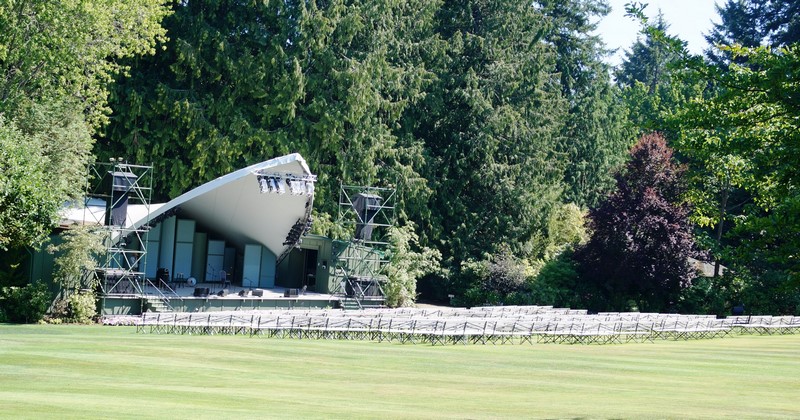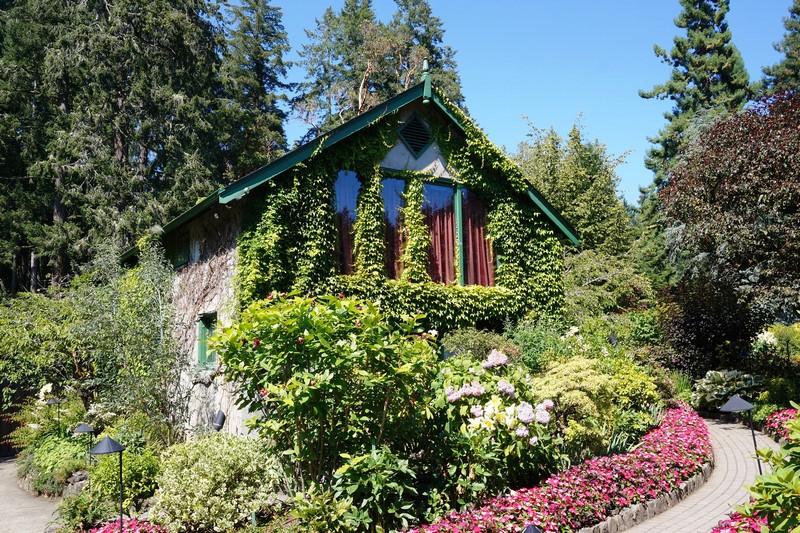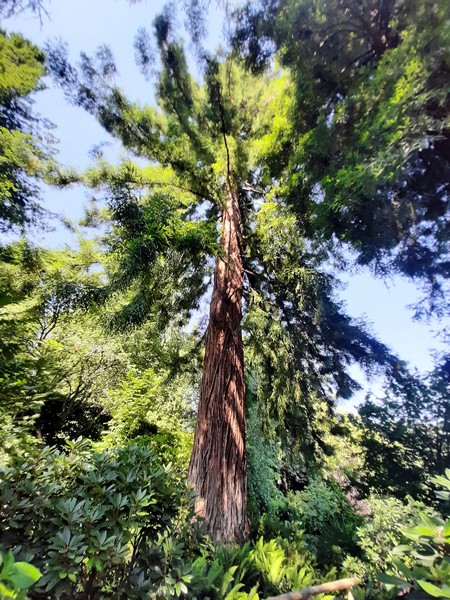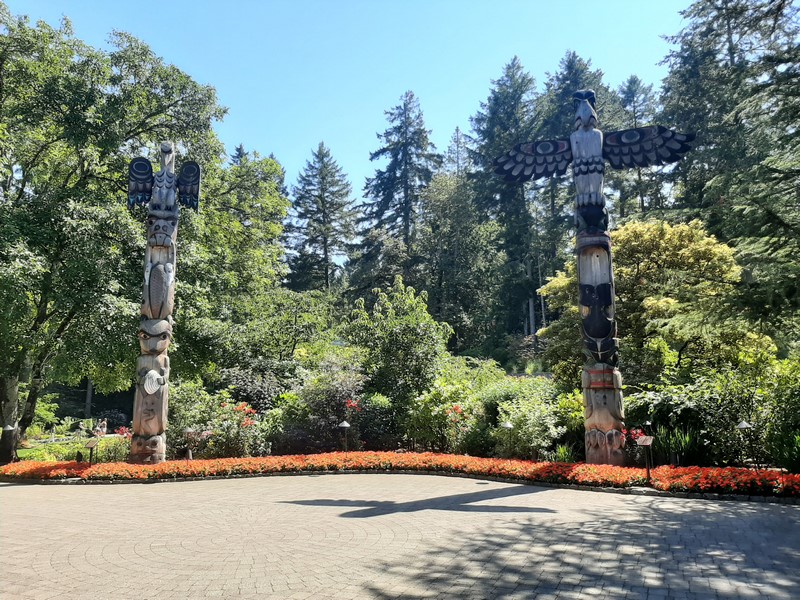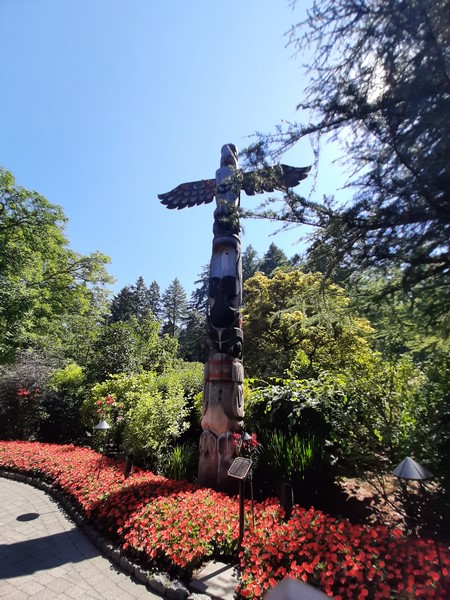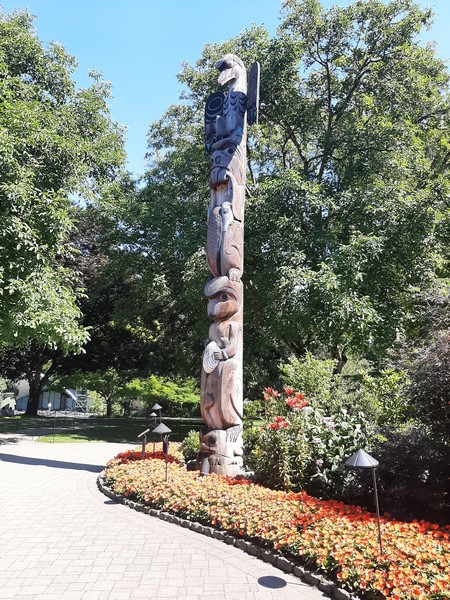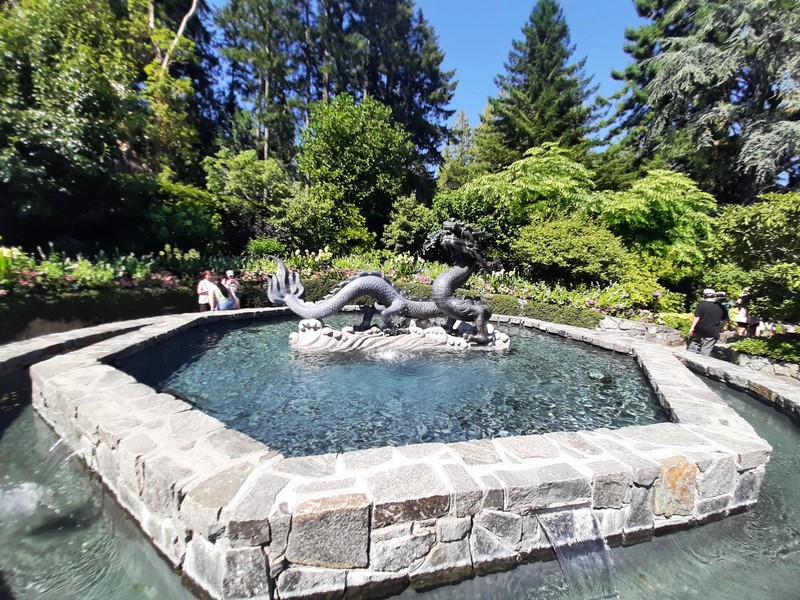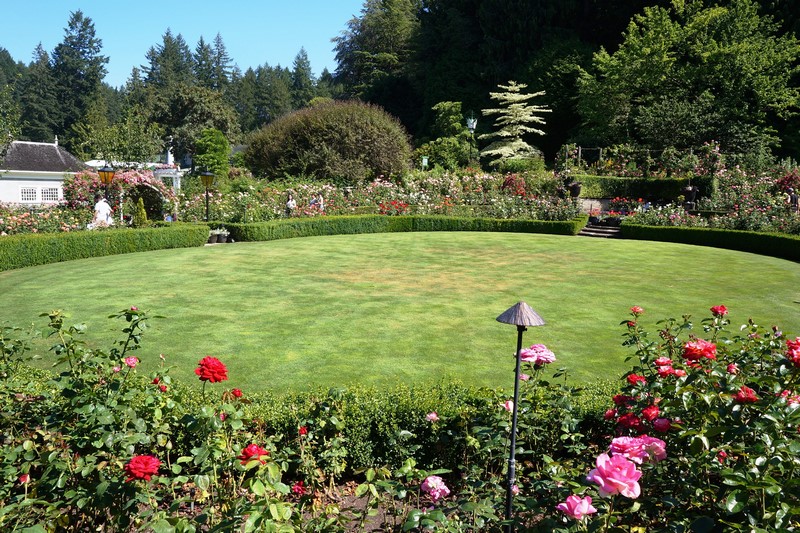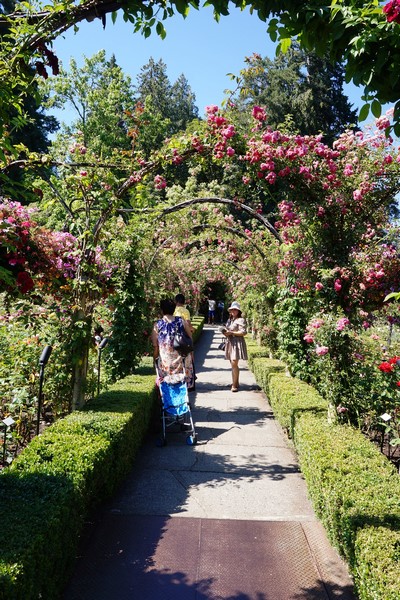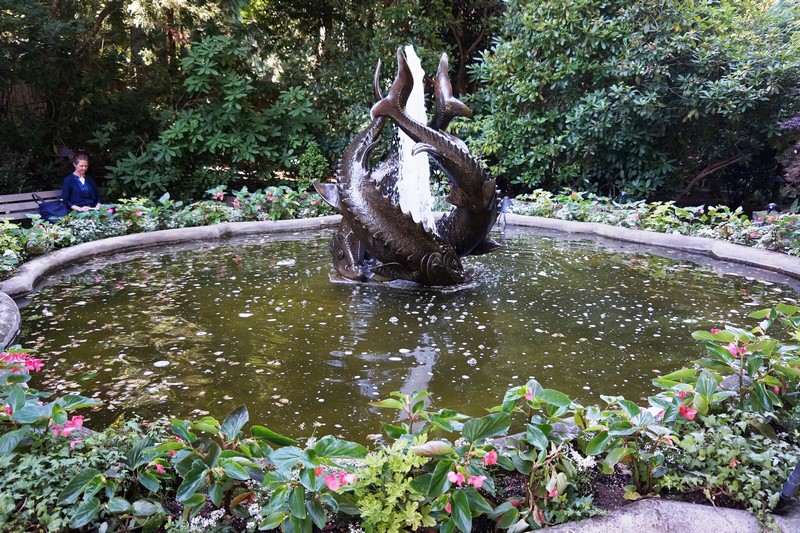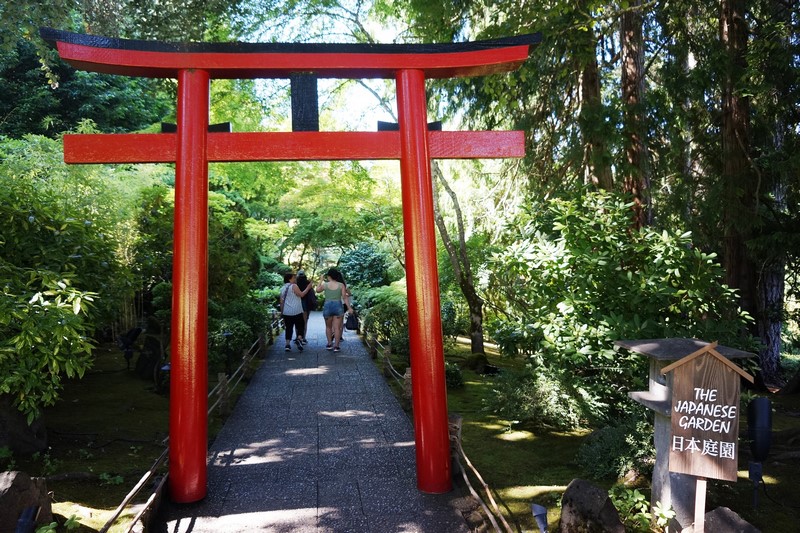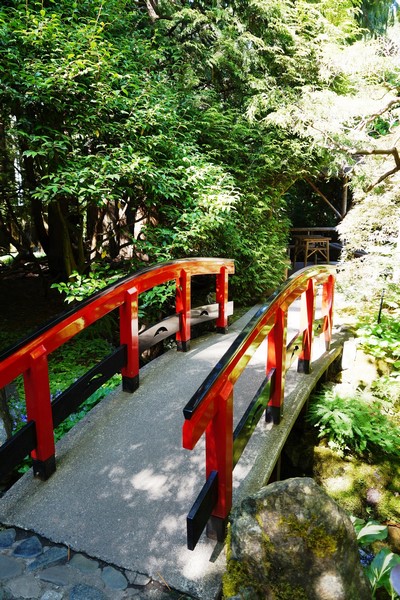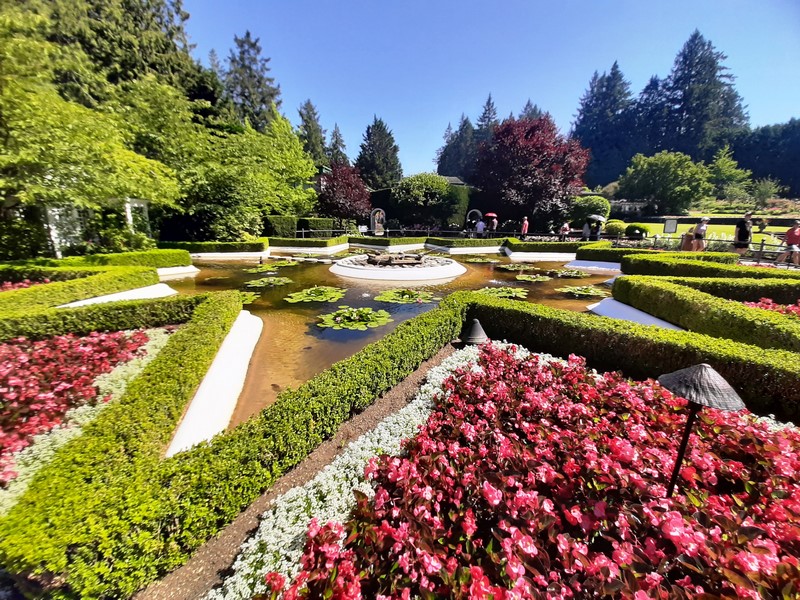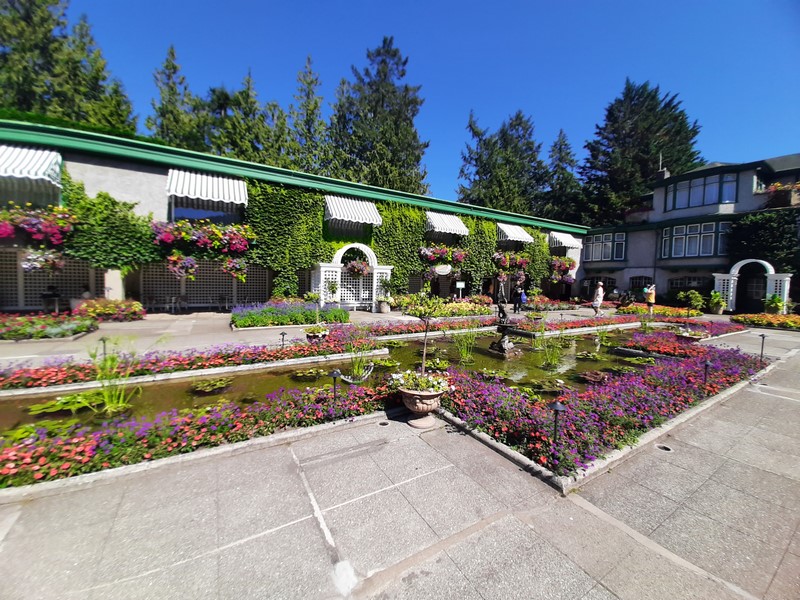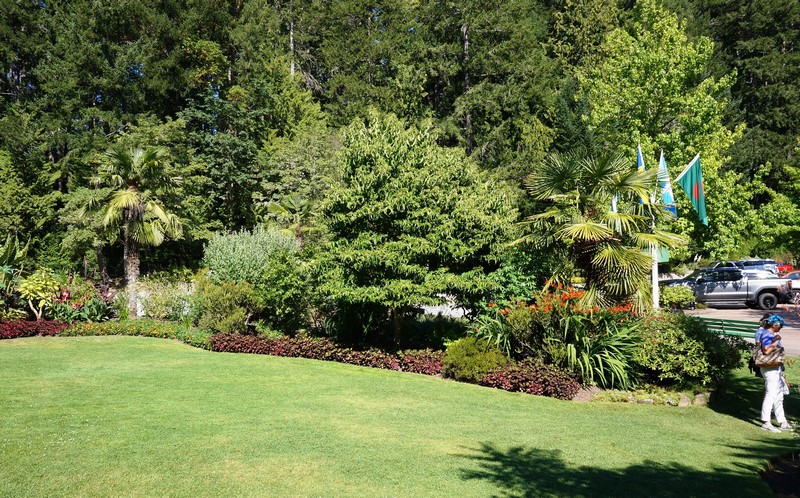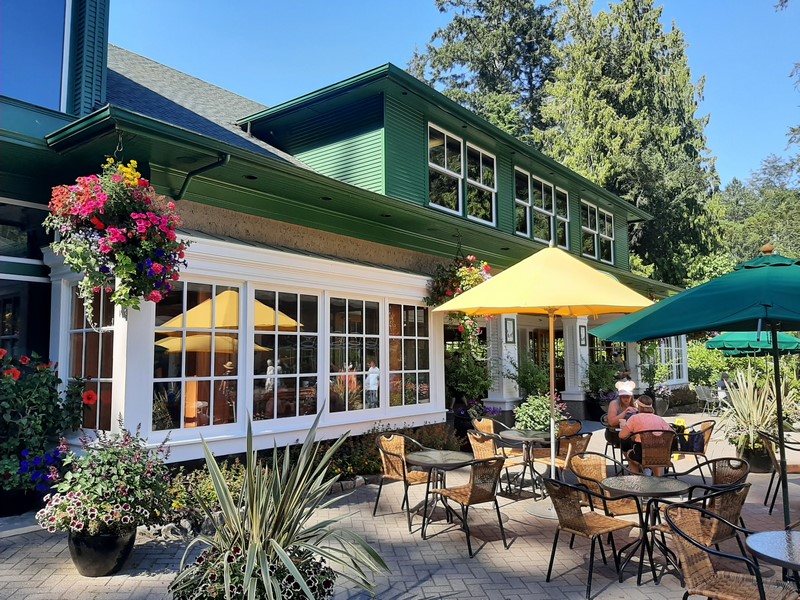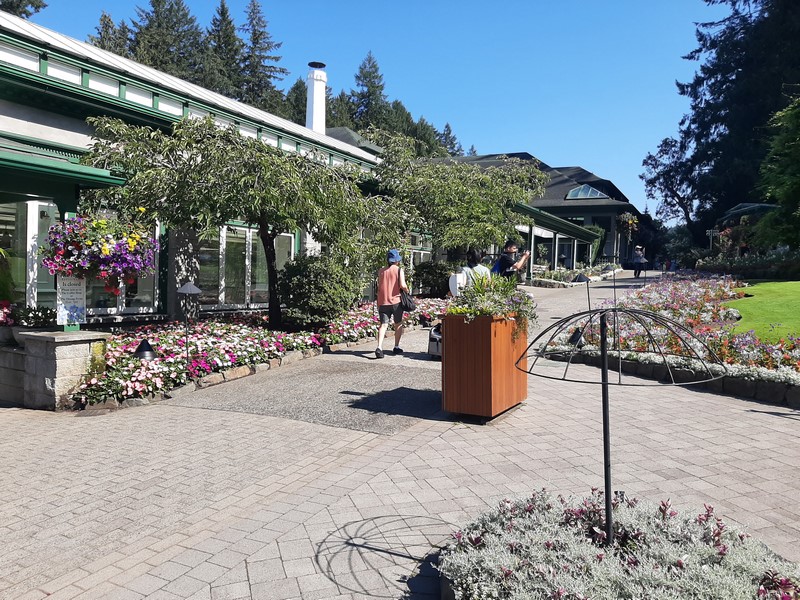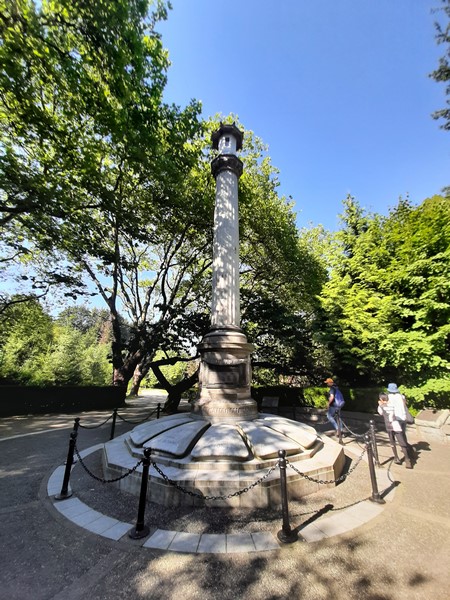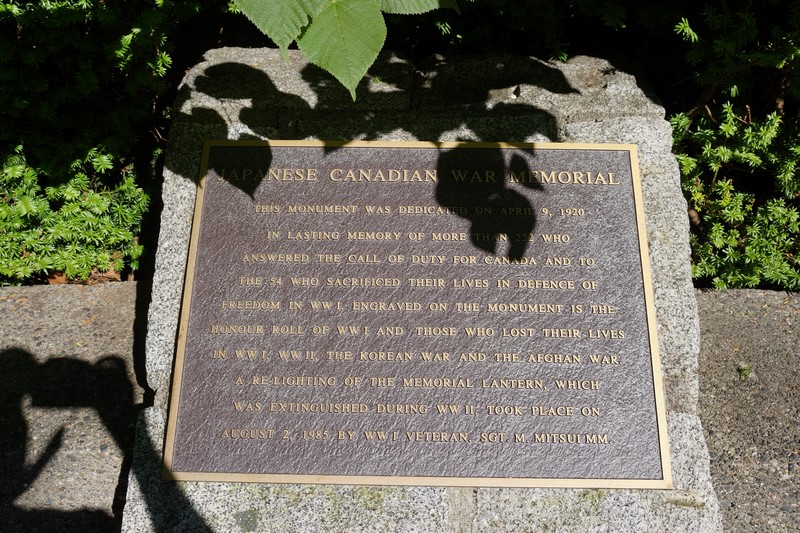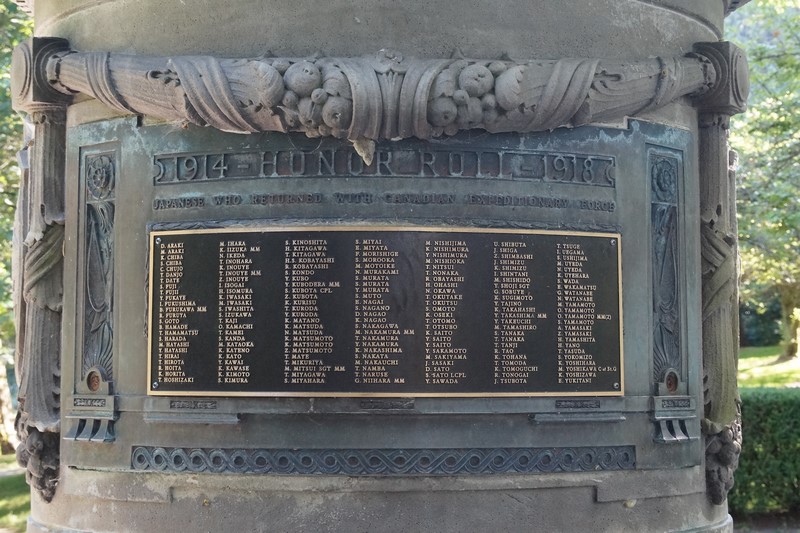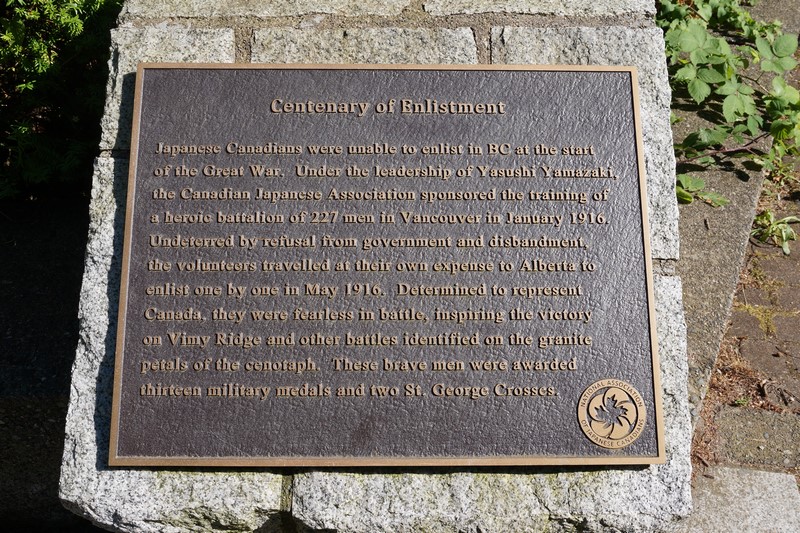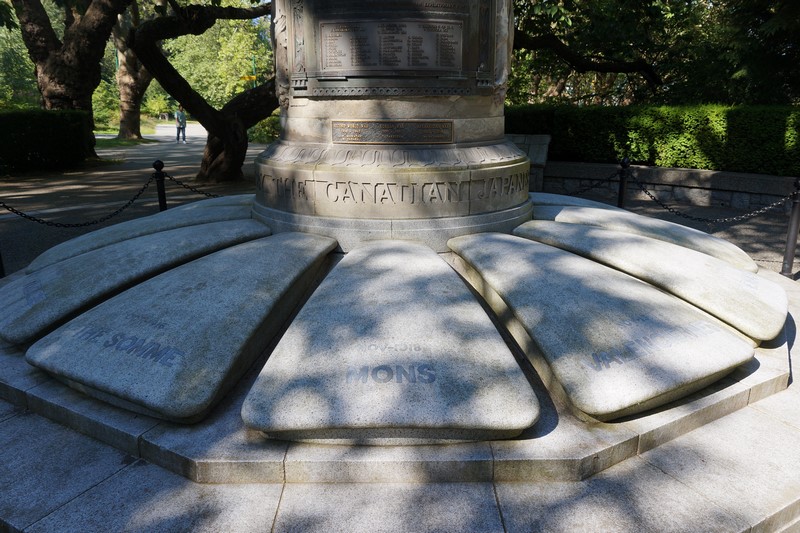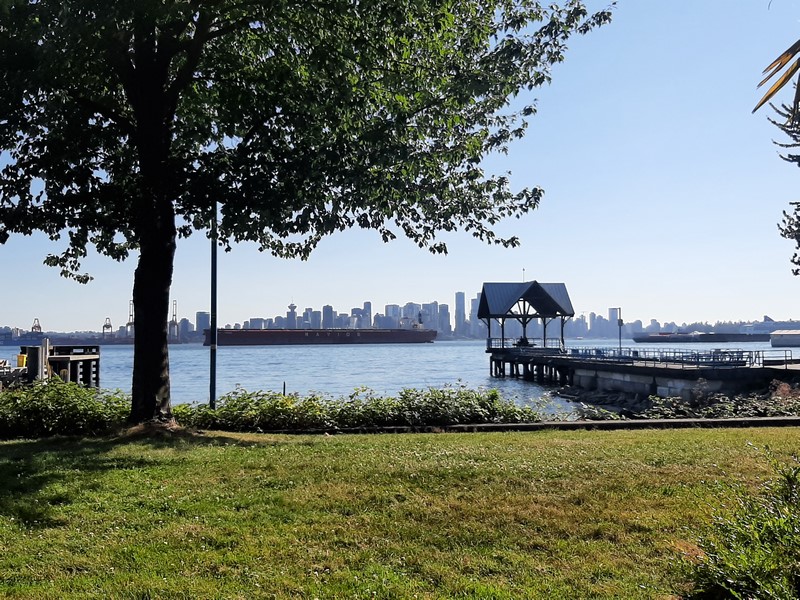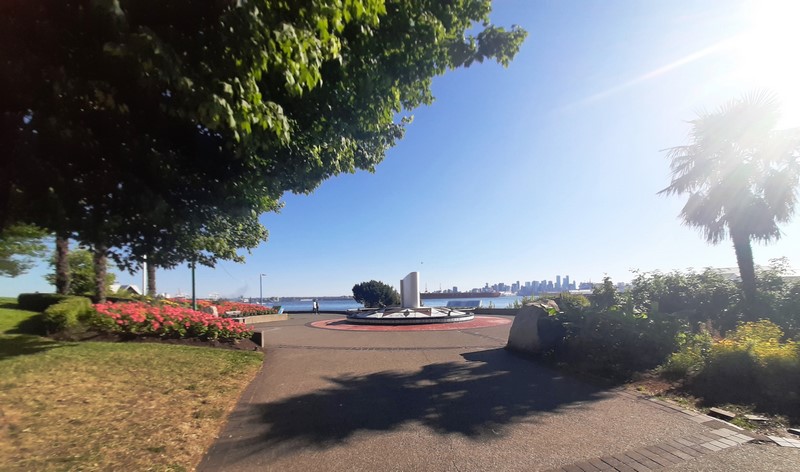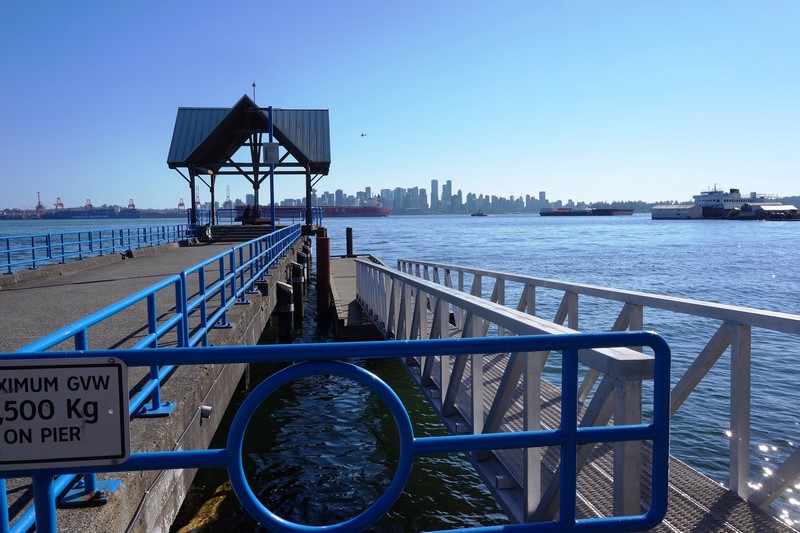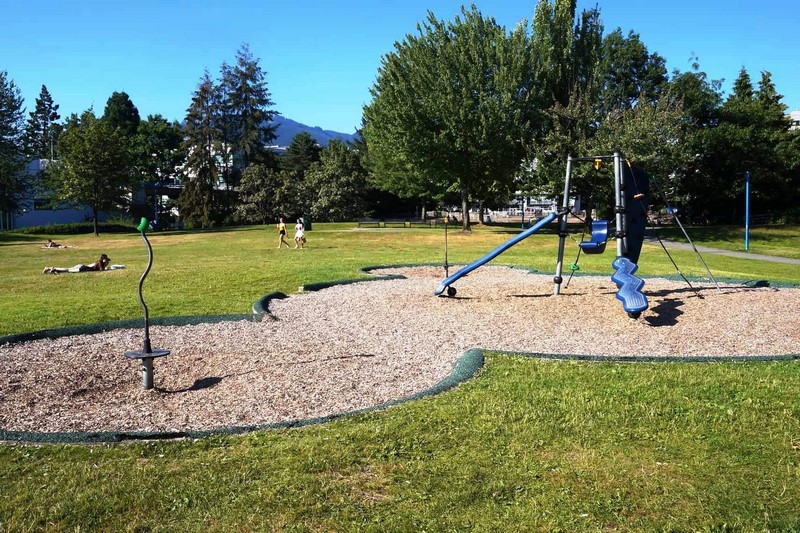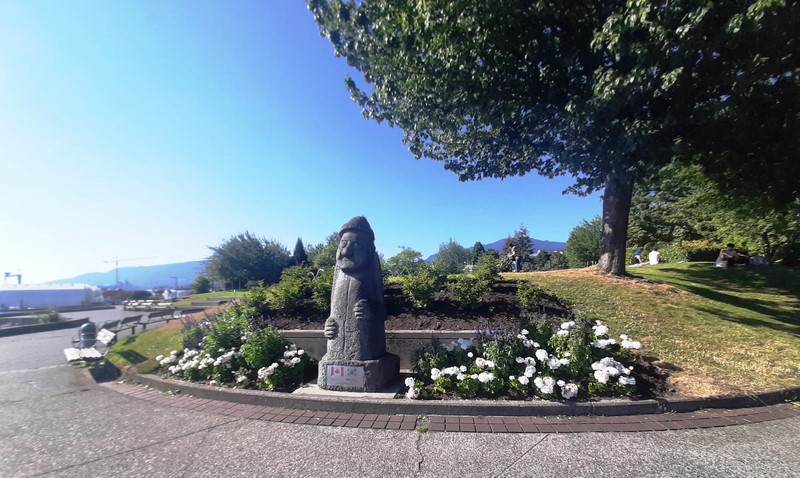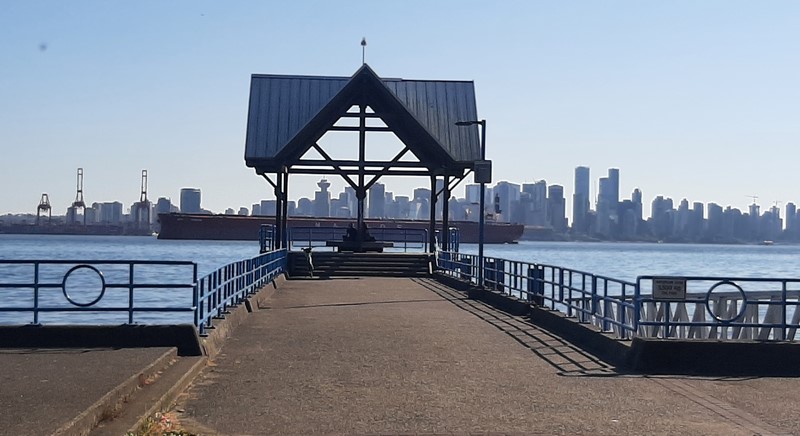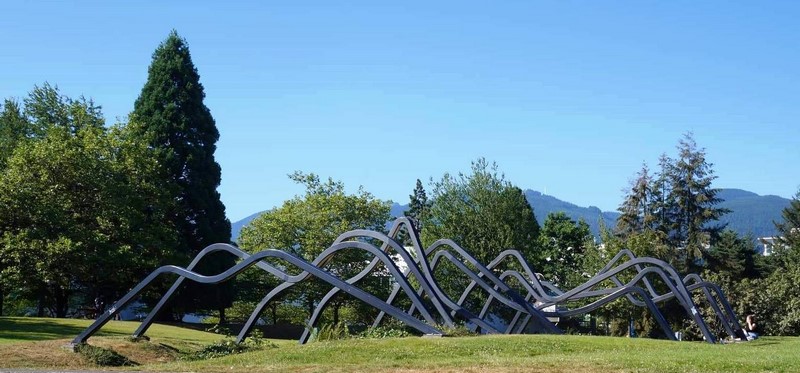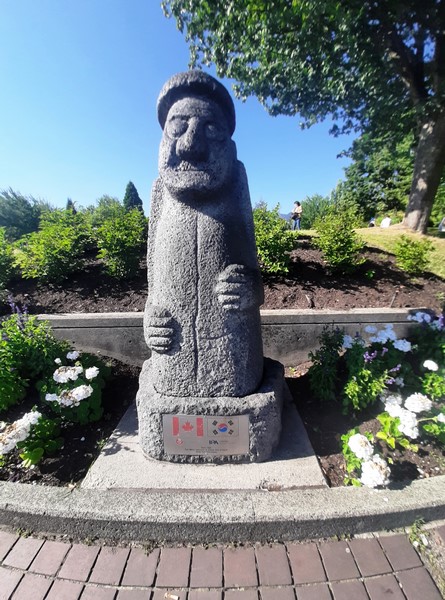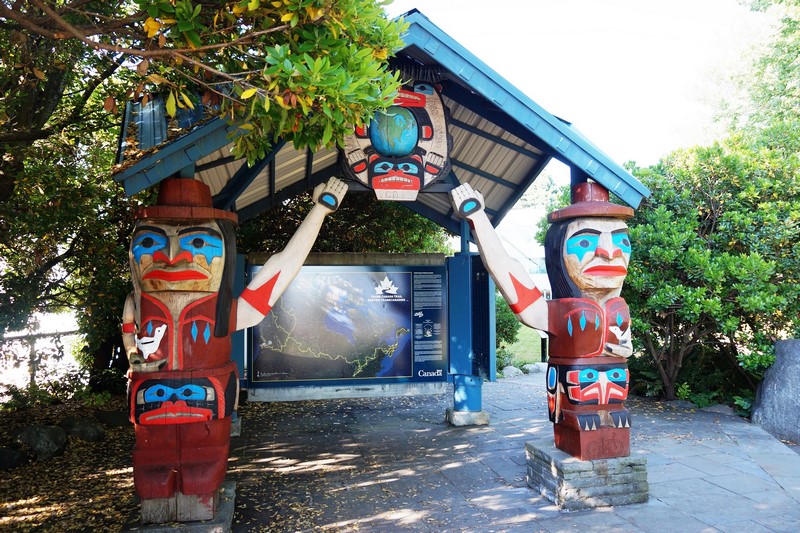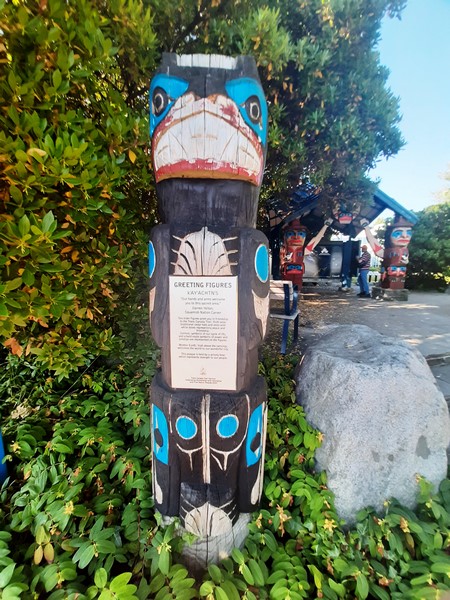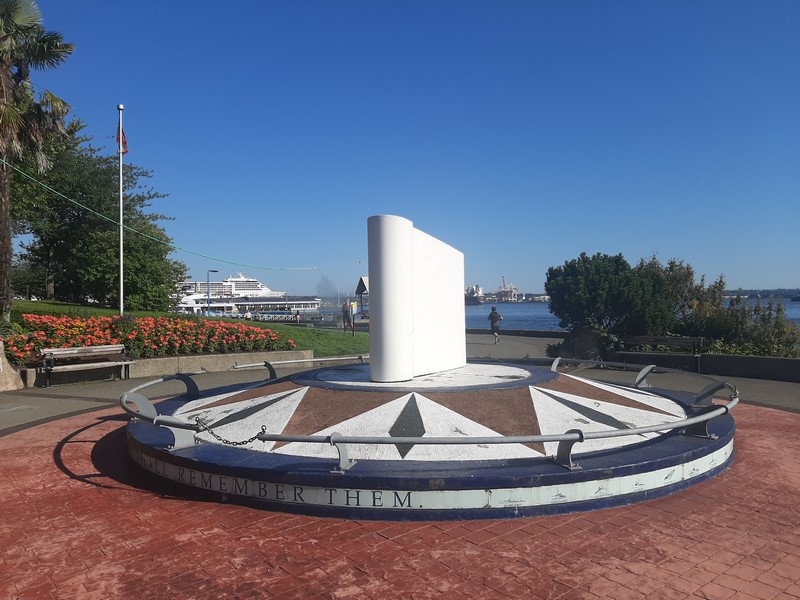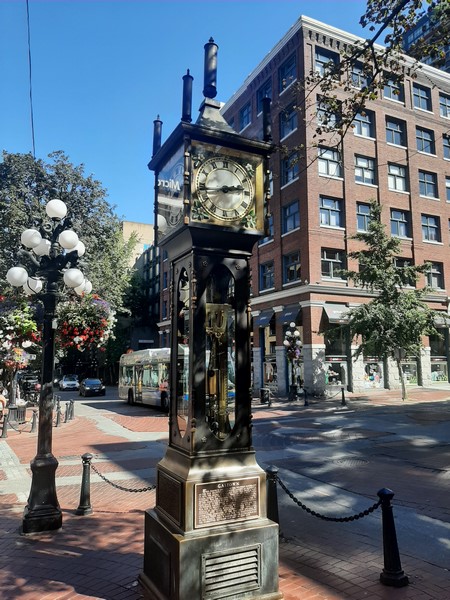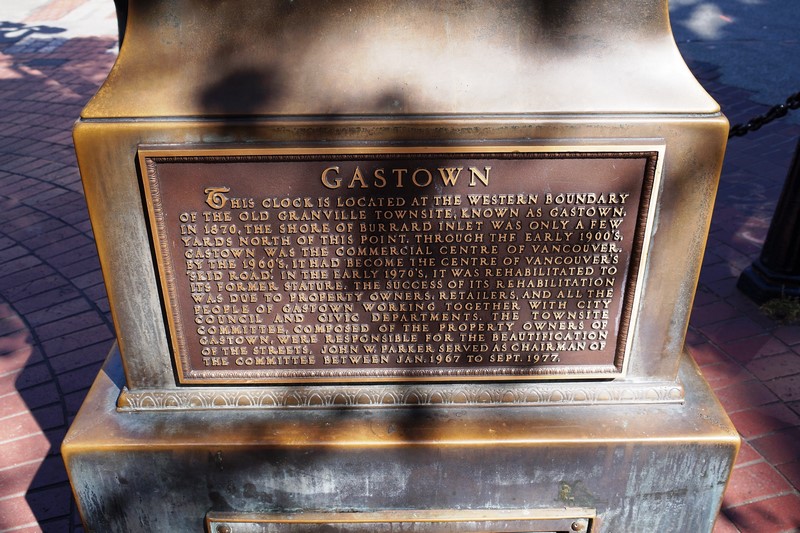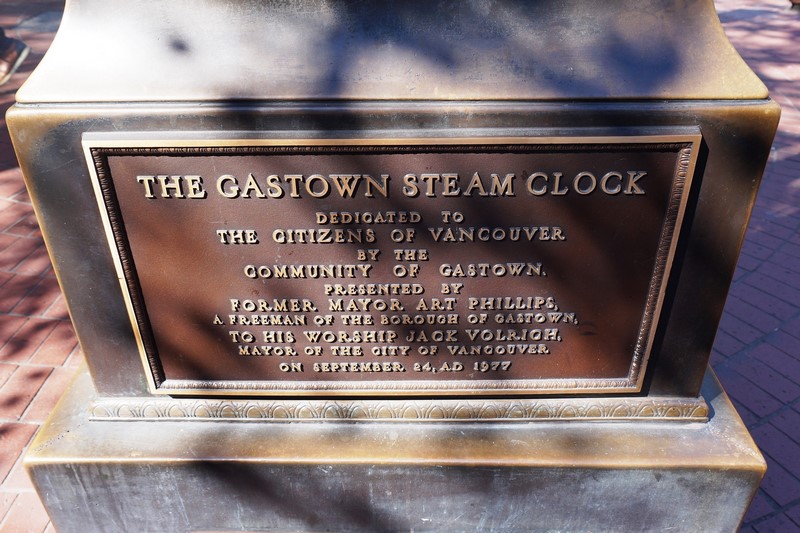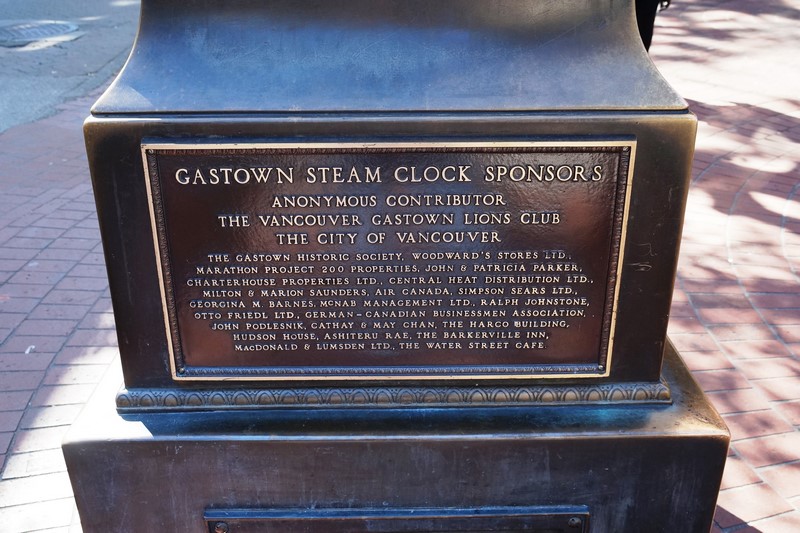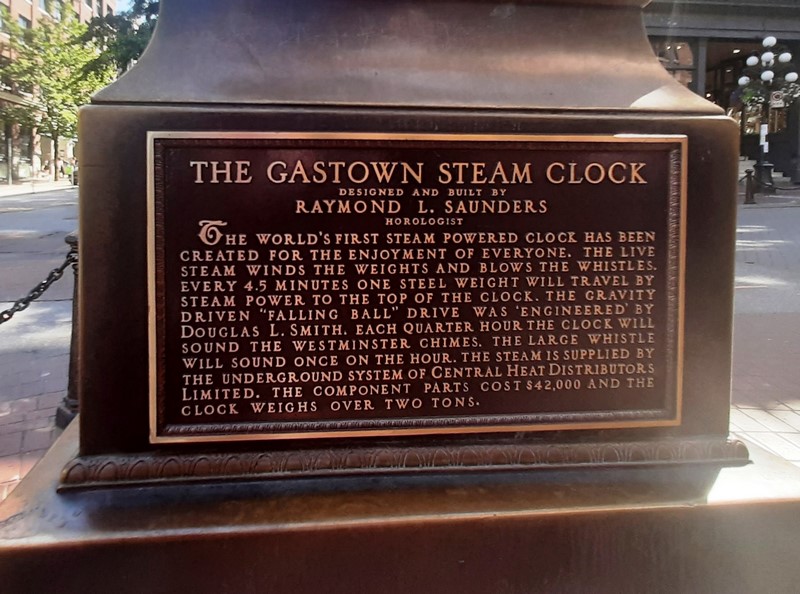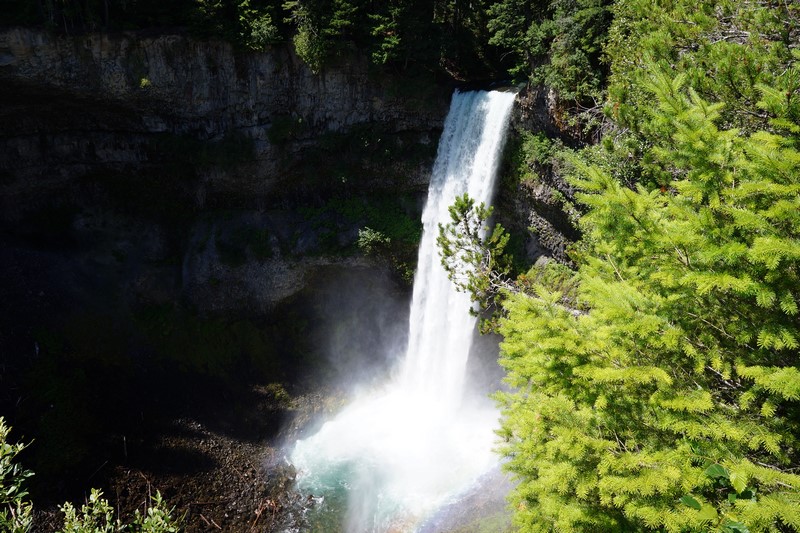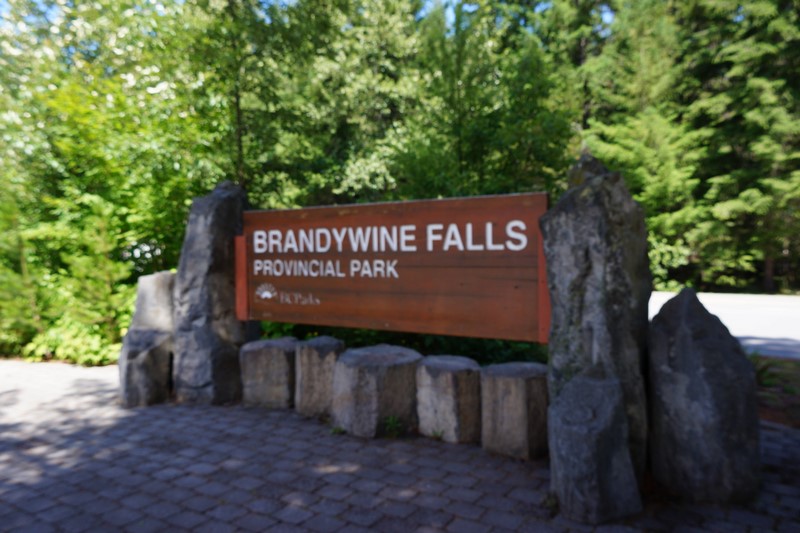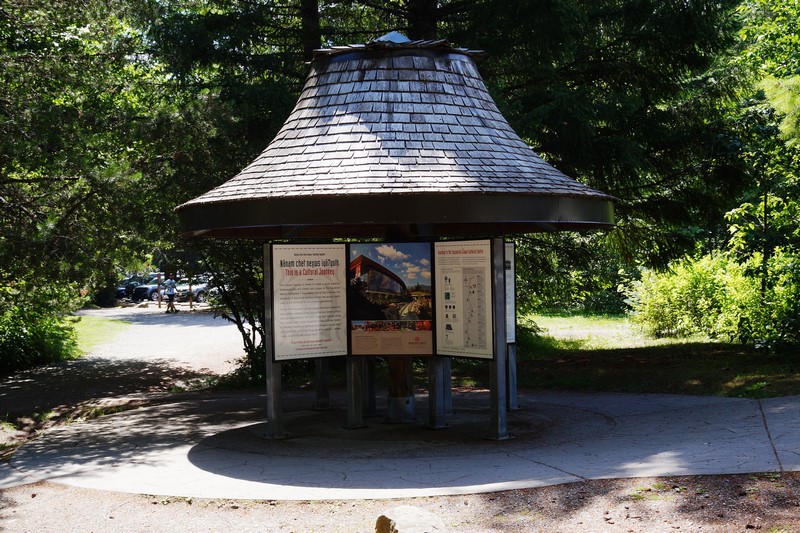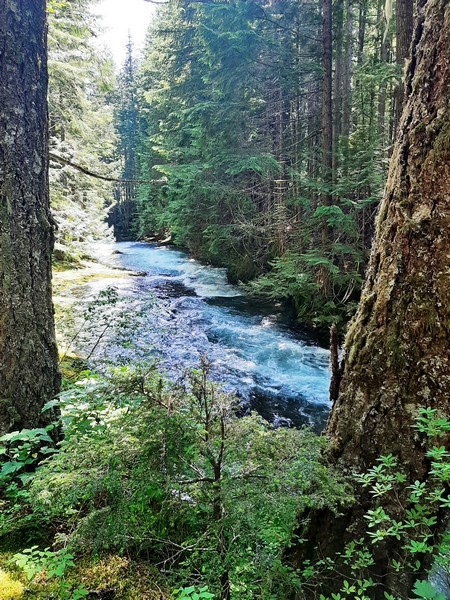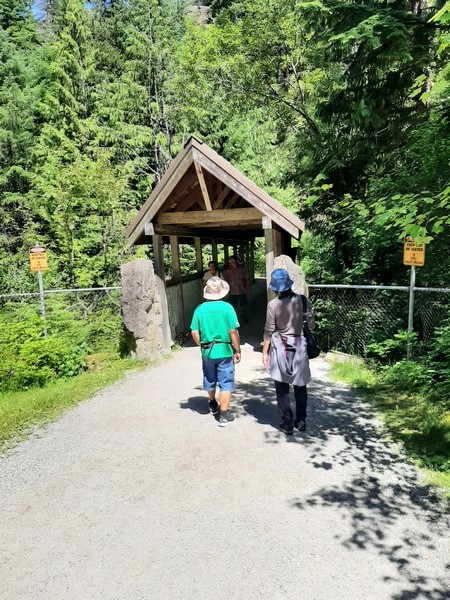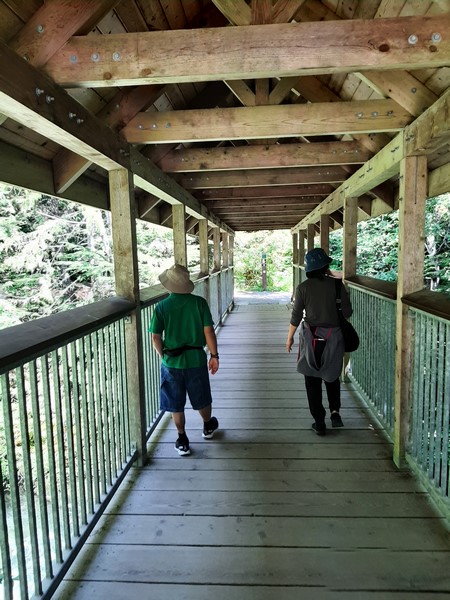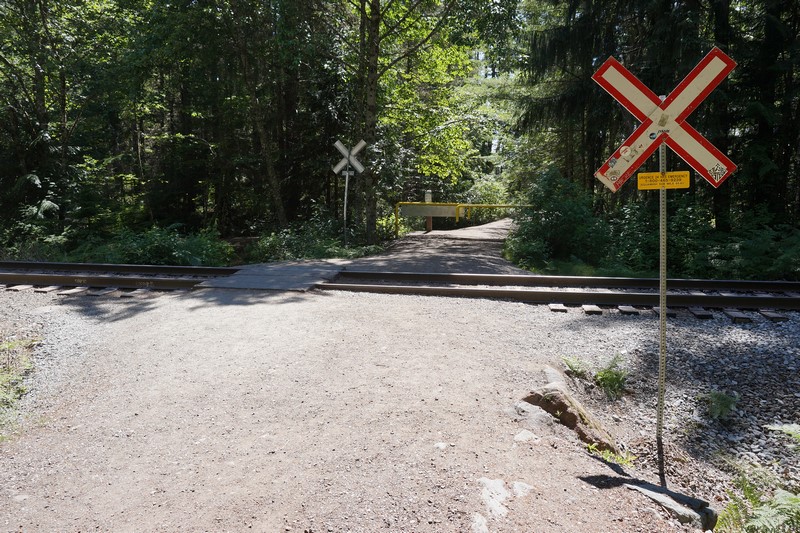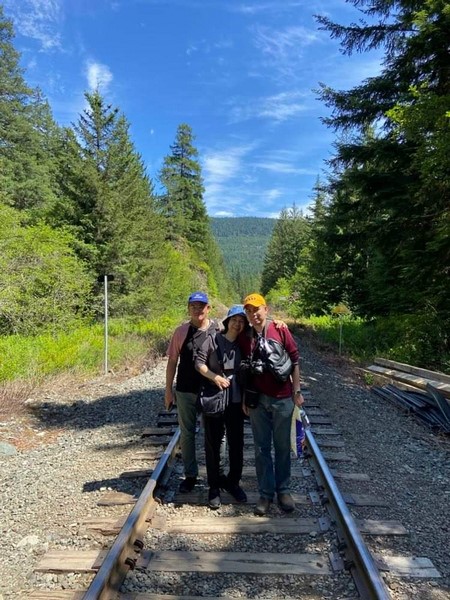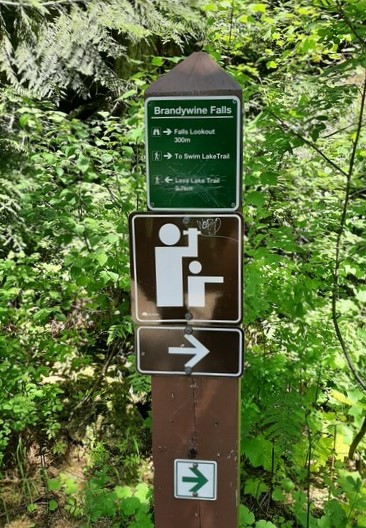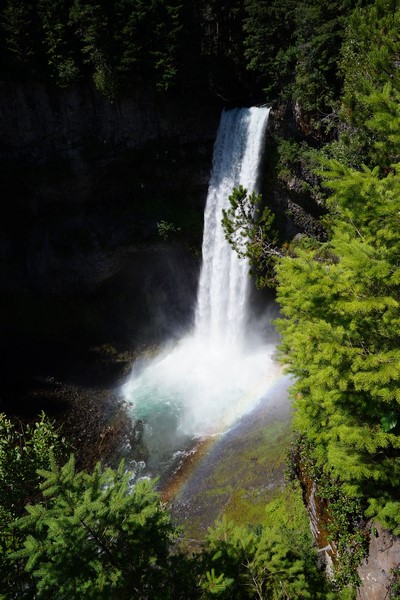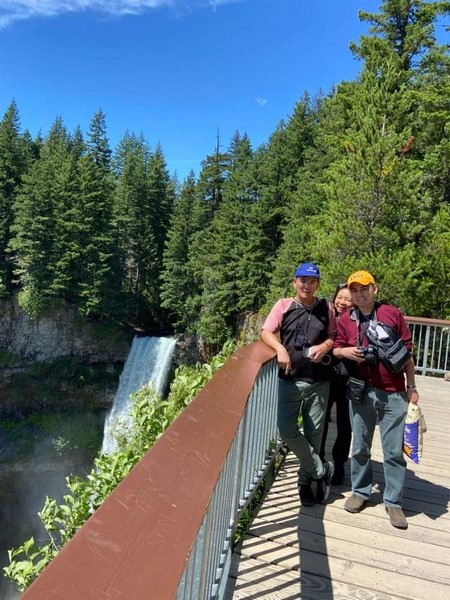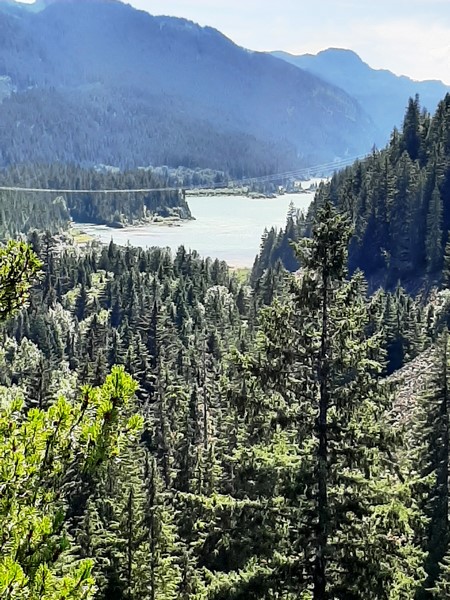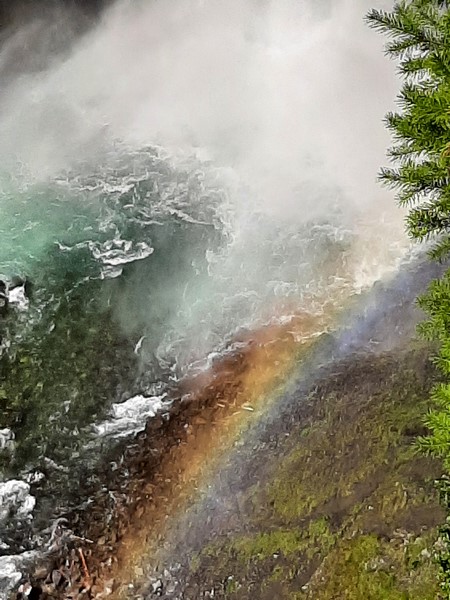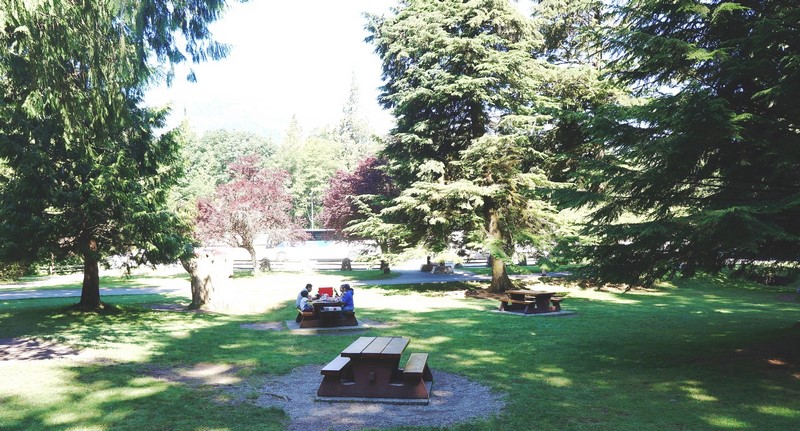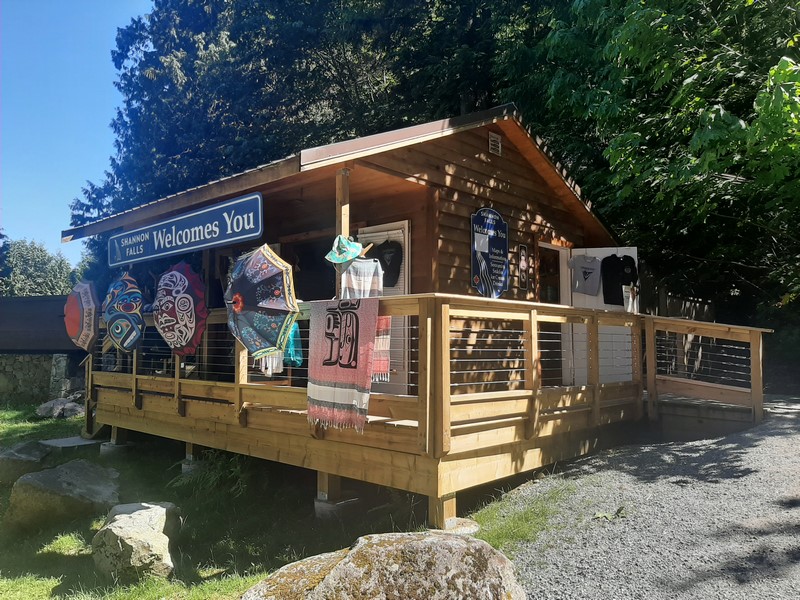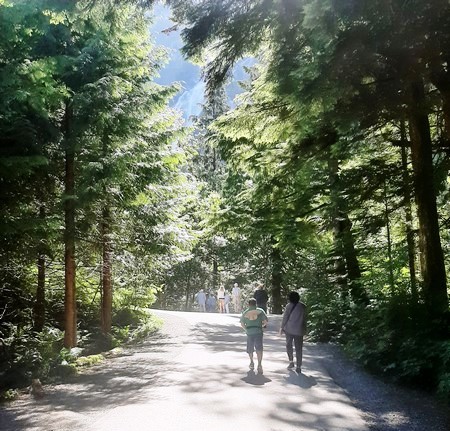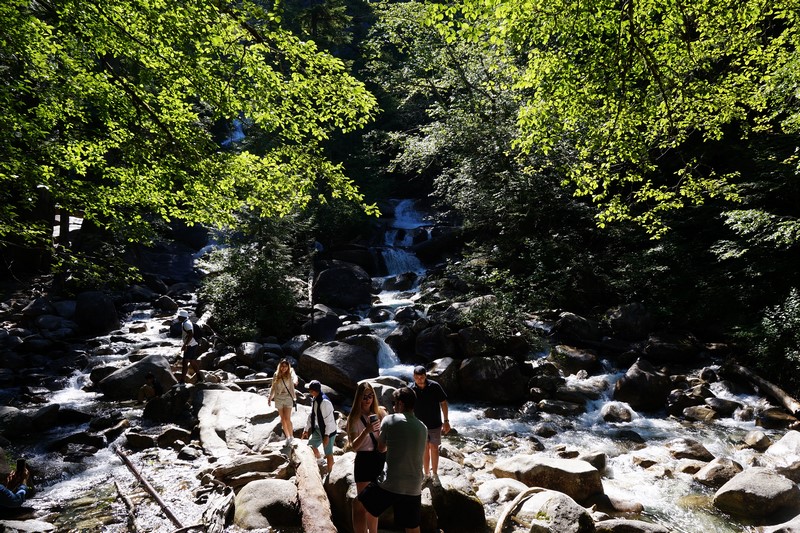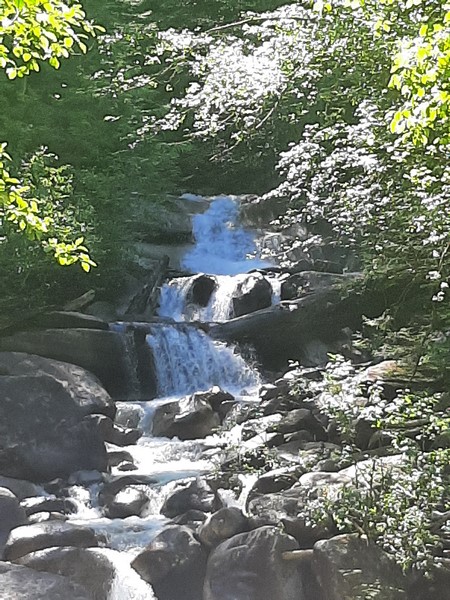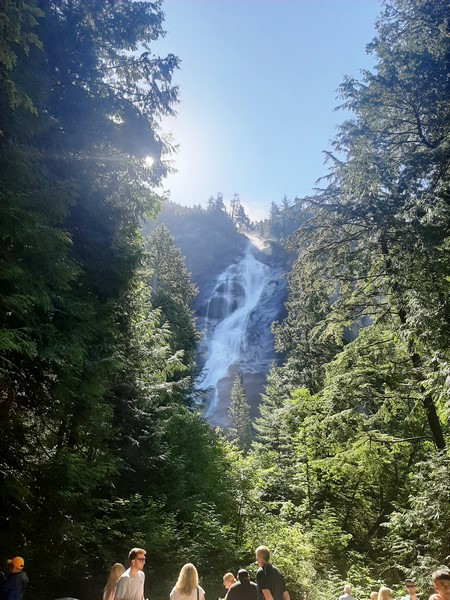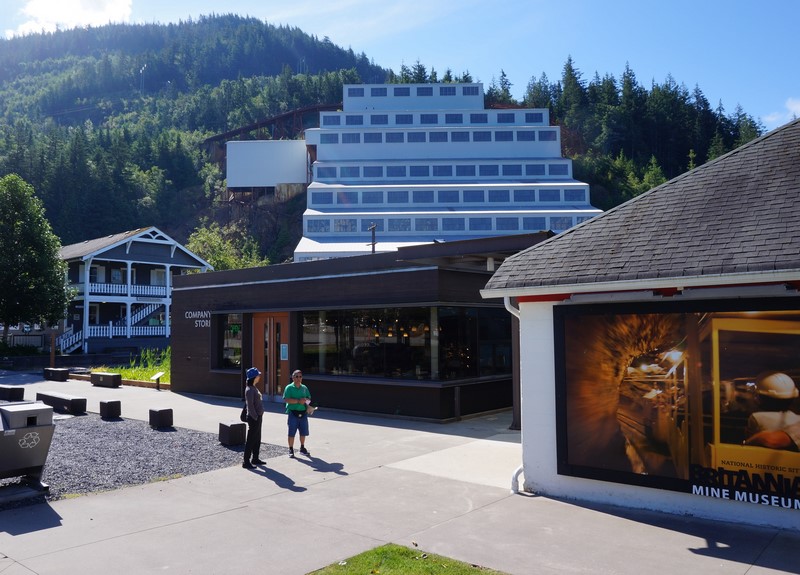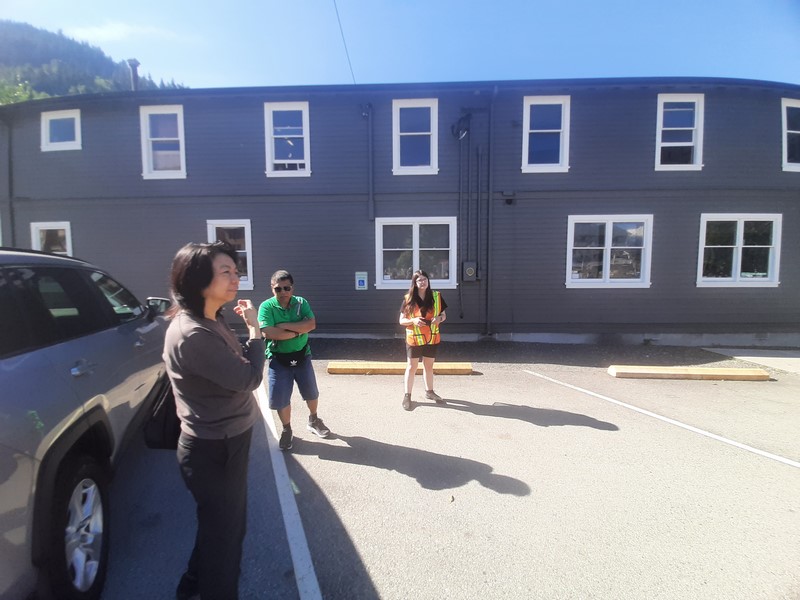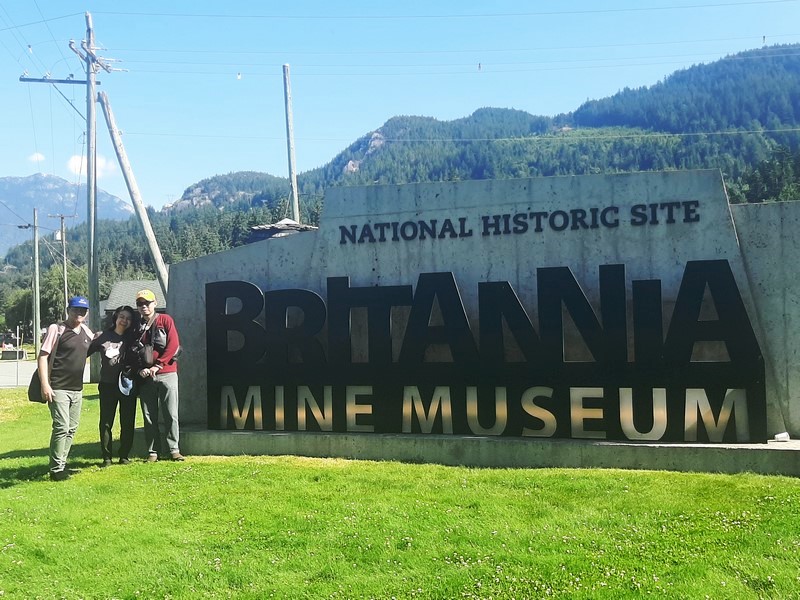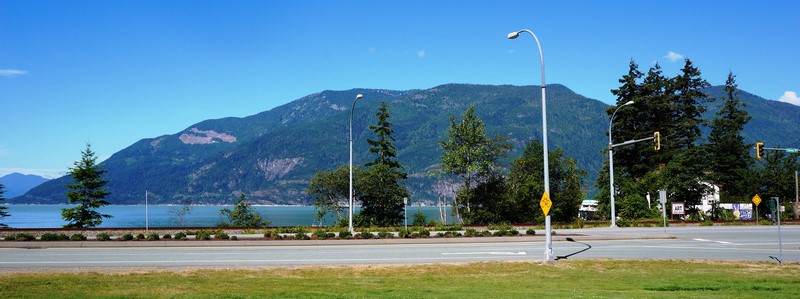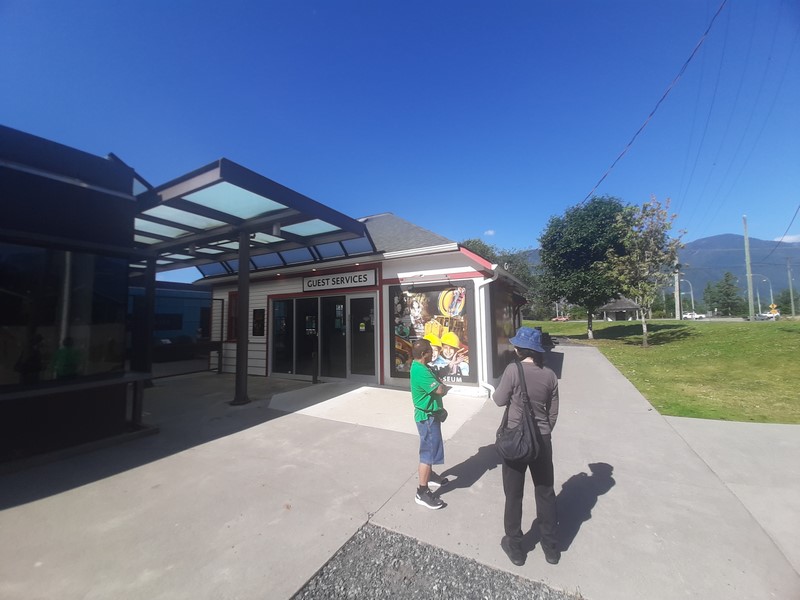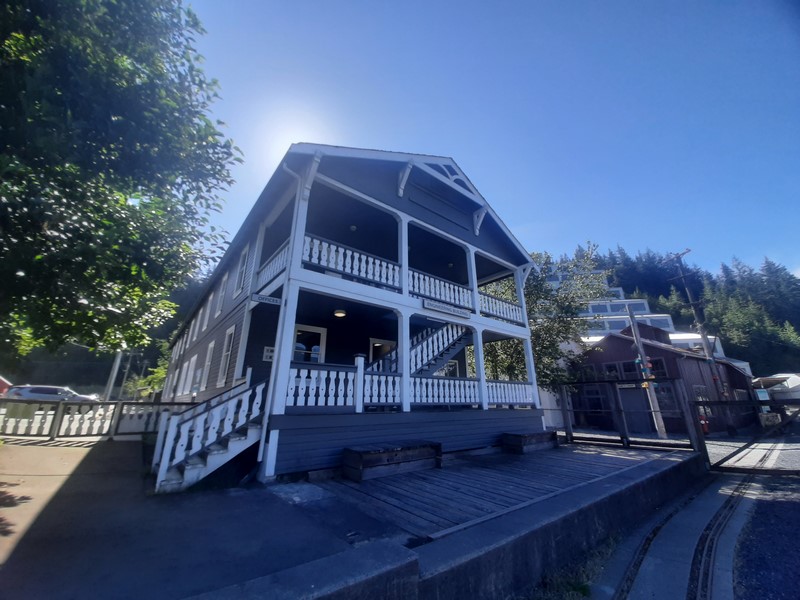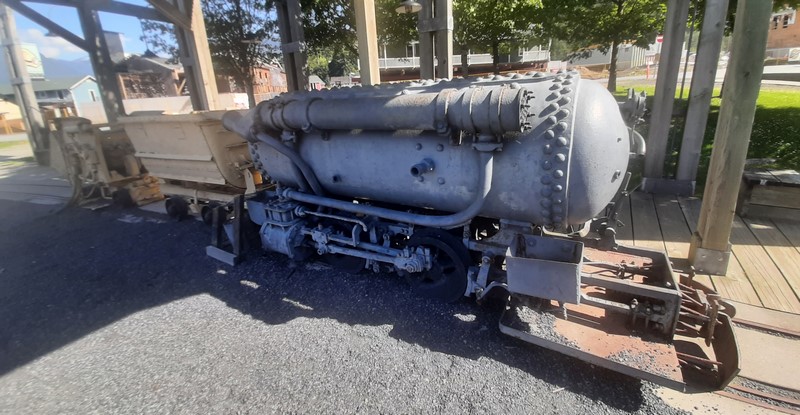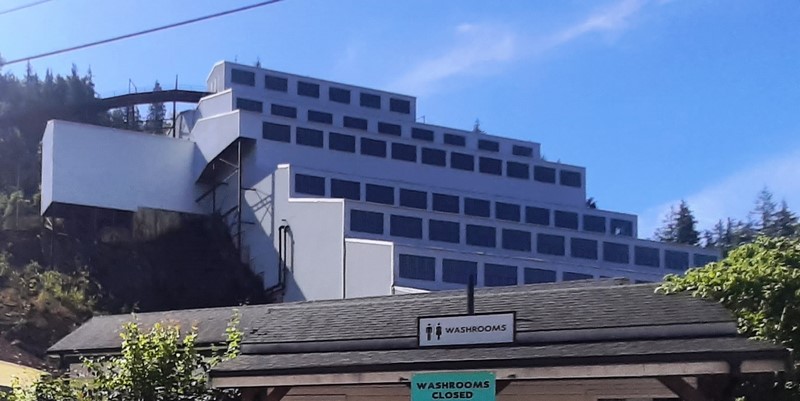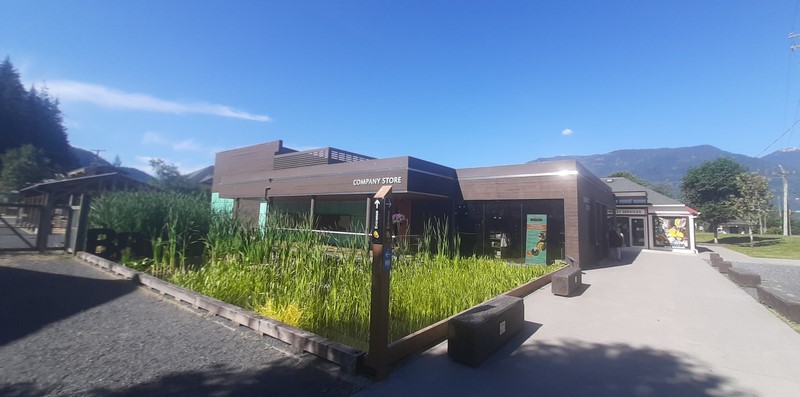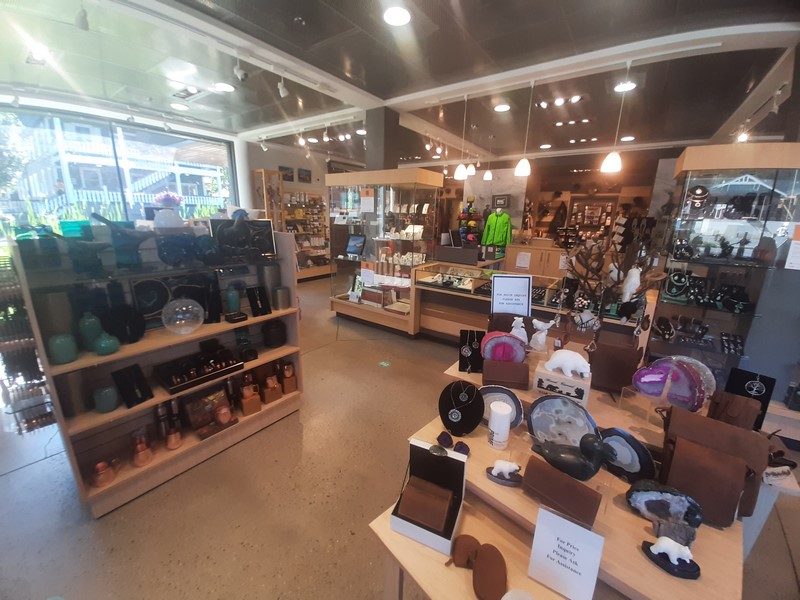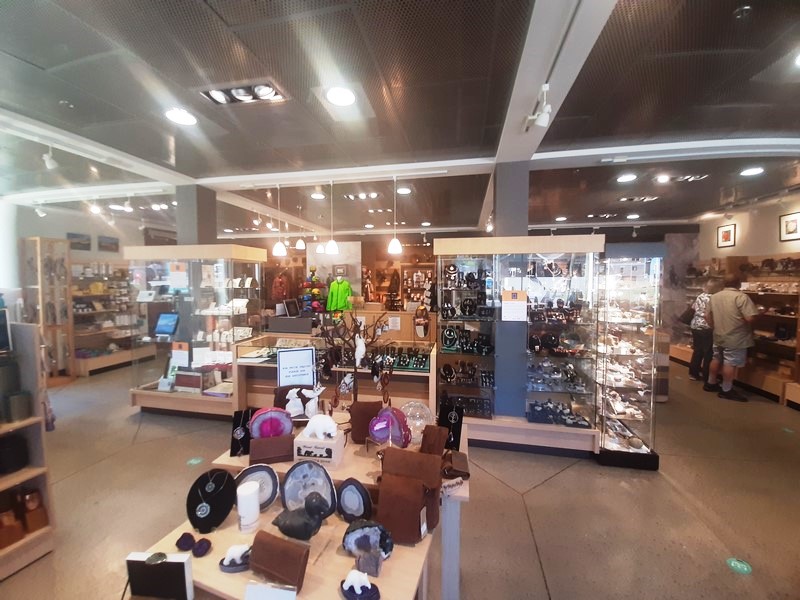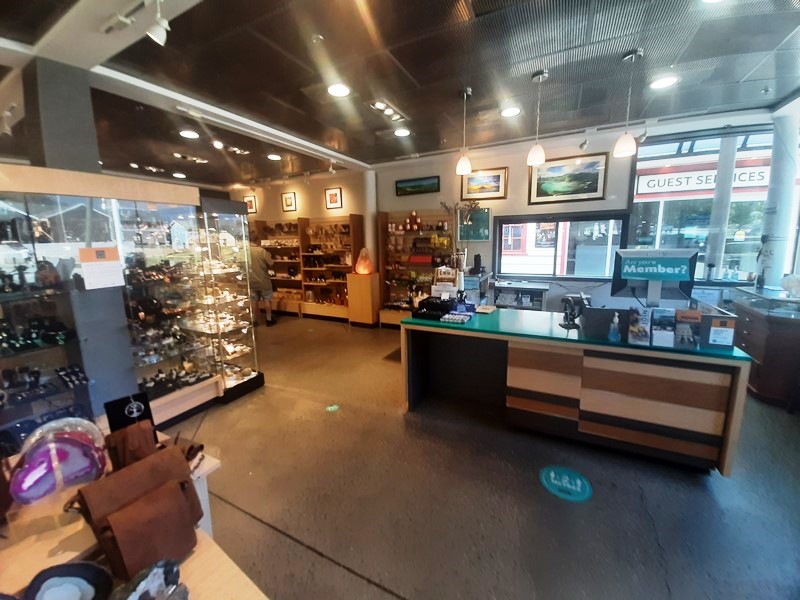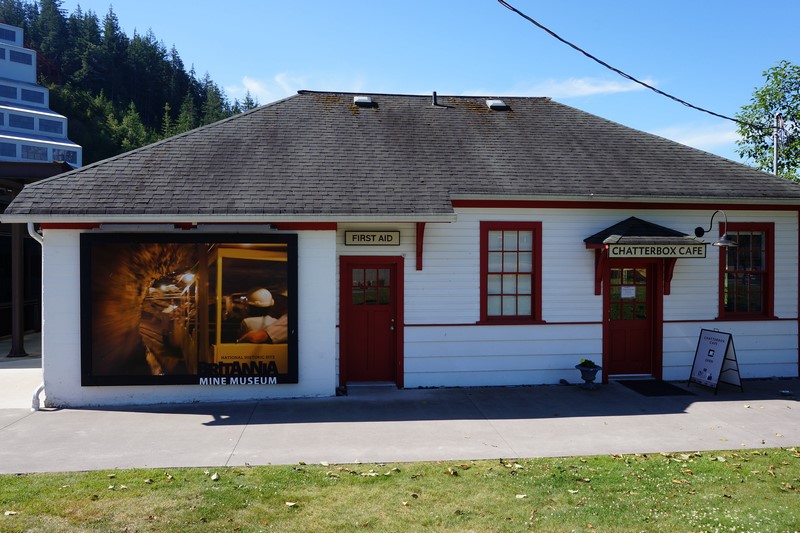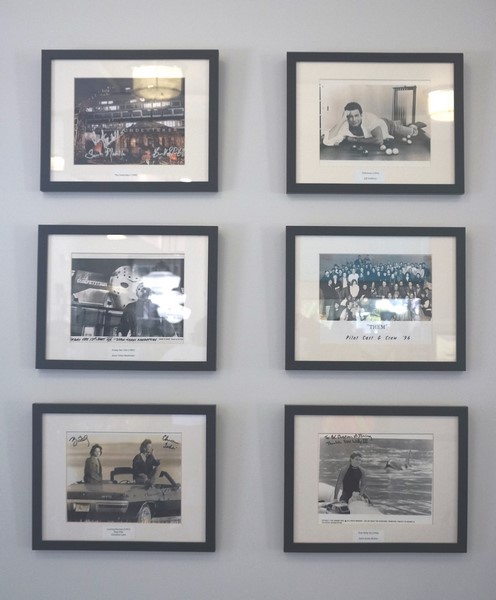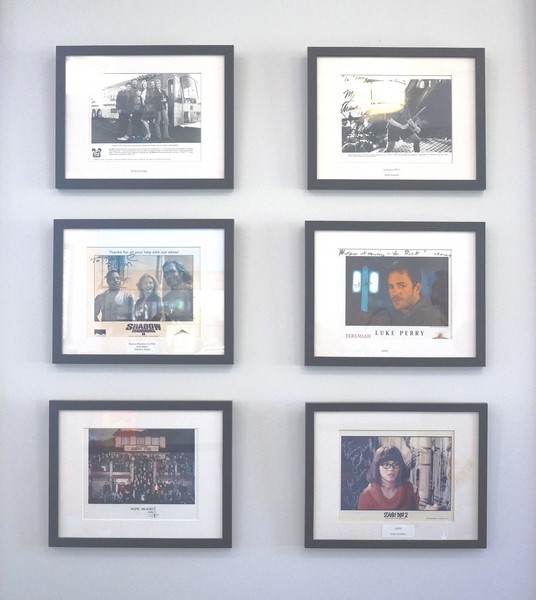On our 20th day in Canada, Grace, Jandy, Bryan, Cheska, Kyle and I were invited to join a family picnic hosted by our Vancouver friends Nene and Lito Del Rosario, with their children, sons-in-law, grandchildren and family friends, to be held at the 656-hectare Cultus Lake, one of the most popular destination areas in the Lower Mainland.
We were picked up at Burnaby by Jullius and Tintin Legaspi, son-in-law and daughter, respectively, of Lito and Nene. The 91.3-km. drive, via the Trans-Canada Highway/BC-1 E, took almost 1.5 hours. From the Trans-Canada Highway, we turned at the Yarrow (you can also turn at the Sardis Exit) Exit and drove a further 16 kms., along the Columbia Valley Highway, which lead directly into the park.
The placid Cultus Lake, the source of the Sweltzer River, is a large, warm freshwater lake within a 2,729-hectare provincial park amidst scenic forest-clad Skagit Mountain Range in the Fraser Valley region of southern British Columbia.
At one time, the lake had a sawmill and booming ground until it became a provincial park on February 10, 1948. Cultus Lake, an important place for spirit quests of the Sto:lo people, was named with the Chinook Jargon word meaning primarily “bad,” “worthless” or “good for nothing,” though the same word can also mean “free,” “without purpose” or simply “nothing.”
The wildly popular, generally calm lake is located 11 kms. (6.8 mi.) south of the Chilliwack River, near the city of Chilliwack and approximately 80 kms. (50 mi.) east of Vancouver. The park is almost evenly divided between the mostly undeveloped northwest and the visitor-oriented facilities confined to the southeast sides of Cultus Lake.
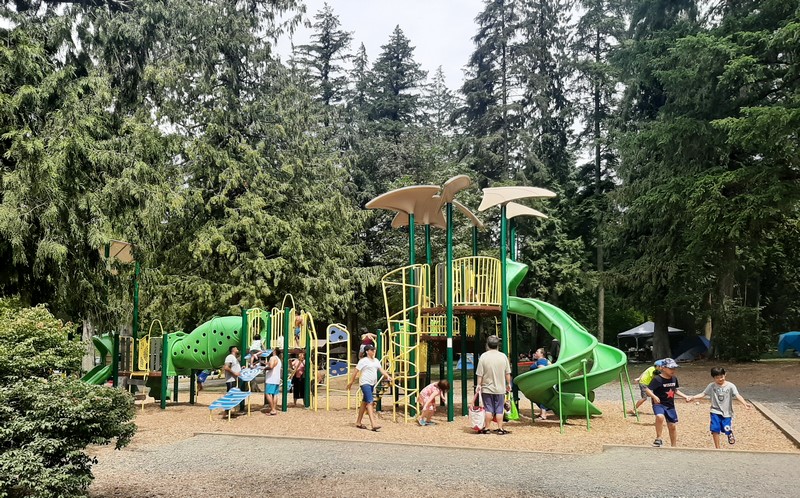
Children’s playground, well within eye and ear shot to all the picnic tables, where kids can play while parents relax and enjoy lakeside lounging
The area, a popular recreation destination, has four campgrounds (Clear Creek, Delta Grove, Entrance Bay and Maple Bay) managed by British Columbia Parks/Sea to Sky Park Services in the area (in addition to a few privately-owned campgrounds), a large day-use area for swimming, picnicking and boating, and ample opportunities for fishing, water skiing, wind surfing, wakesurfing, kayaking, standup paddle-boarding and hiking.
As we visited during August 1, British Columbia Day (a public holiday), the tiny associated resort community of about 1,100 people grew considerably in size as folks like us flocked to the region to enjoy the lake, park and the area’s numerous outdoor activities.
The water, the picturesque views and the sandy beaches are what feed the park’s popularity during the warmer and busy summer months. However, in the off season, it gets pretty quiet.
As we arrived early in the morning at the Entrance Bay Campsite, we had first choice among a plethora of picnic tables in an expansive, flat grassy field offering plenty of shade from tall Douglas fir trees. Nearby was a small children’s playground; toilet and changing facilities and a quick public boat launch.
Our late breakfast was homemade pan de sal with spam and scrambled eggs while lunch was to be grilled pork liempo, hotdog and fish; igado (an Ilocano pork and liver stew), fried chicken and fried wonton. For dessert, we had fried turon (banana lumpia).
After lunch, I tried to burn the calories by hiking all the way down to Jade Bay which is easily accessible from our campsite. It laso has additional bathrooms and a boat ramp.
The broad, roped-off swimming area had a long, pebbly and gently sloping beach with clear waters ideal for the kids. Our hosts brought along their inflatable stand-up paddle boards and kayak plus a unicorn-shaped party island for the kids. Jandy and I, as well as the others, tried kayaking.
By lunchtime, the area soon filled up with vacationers and, by late afternoon, the winds grew stronger and the waters choppy, making stand-up paddle-boarding almost an impossibility. Still, nothing can erase the enjoyment of the children as they frolicked along the beach.
Nearby is the fairly modern Cultus Lake Adventure Park (opened in July 2014 as the expansion of Giggle Ridge Adventure Golf, it has 18 rides and attractions) and also in the area is the Cultus Lake Waterpark and the scenic 18-hole Cultus Lake Golf Club.
Cultus Lake Provincial Park: British Columbia, Canada. All four campsites are open from April to mid-October and offer free hot showers and flush toilets. Parking is free throughout the provincial park, but not at Main Beach. Tel: (604) 986-9371.

